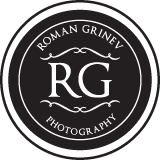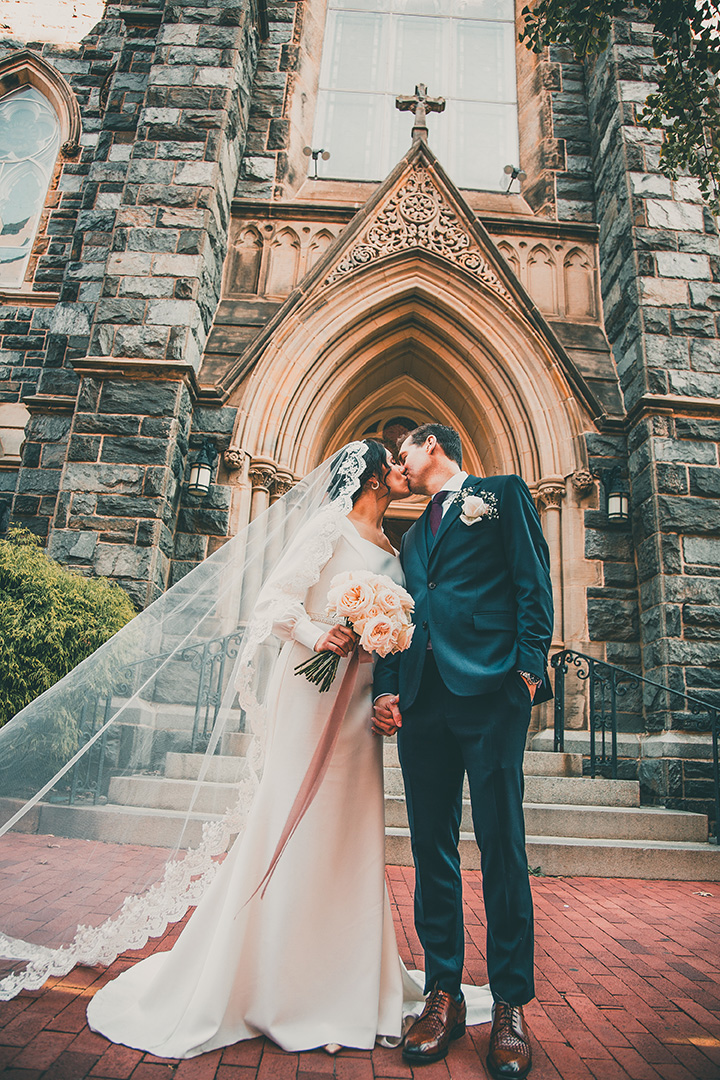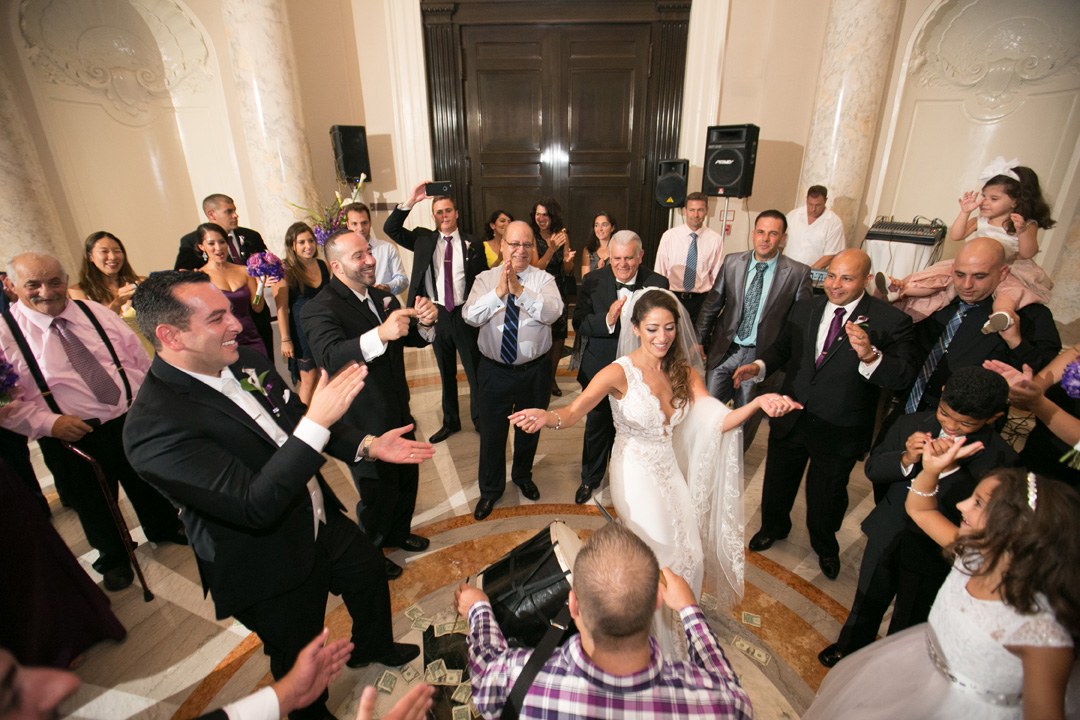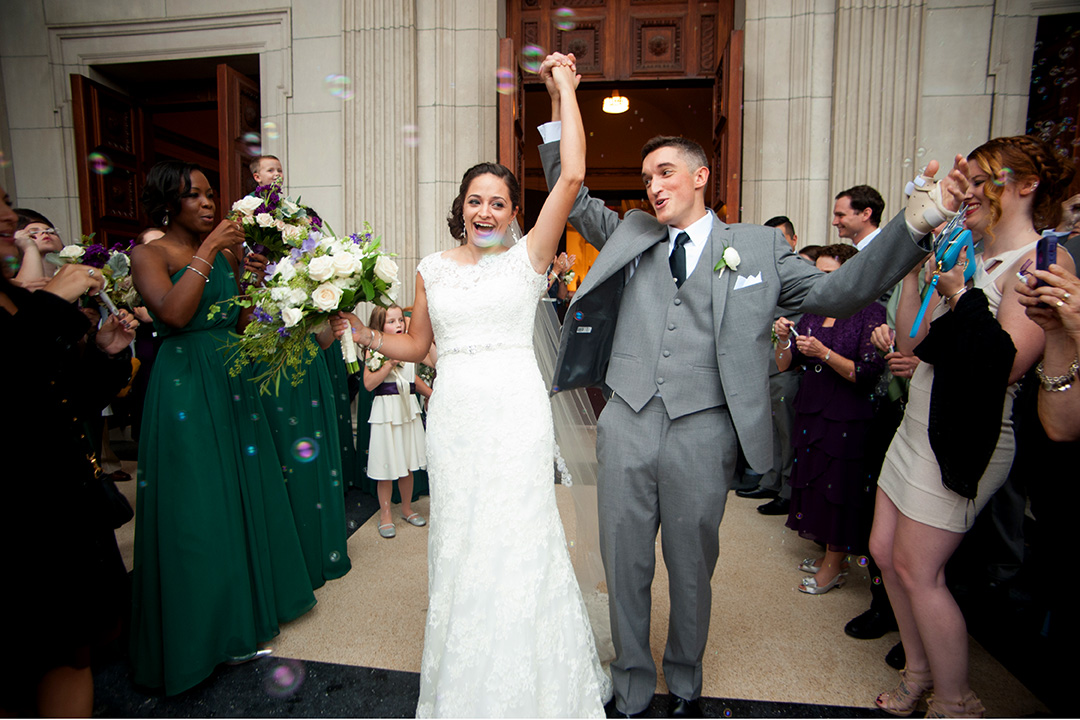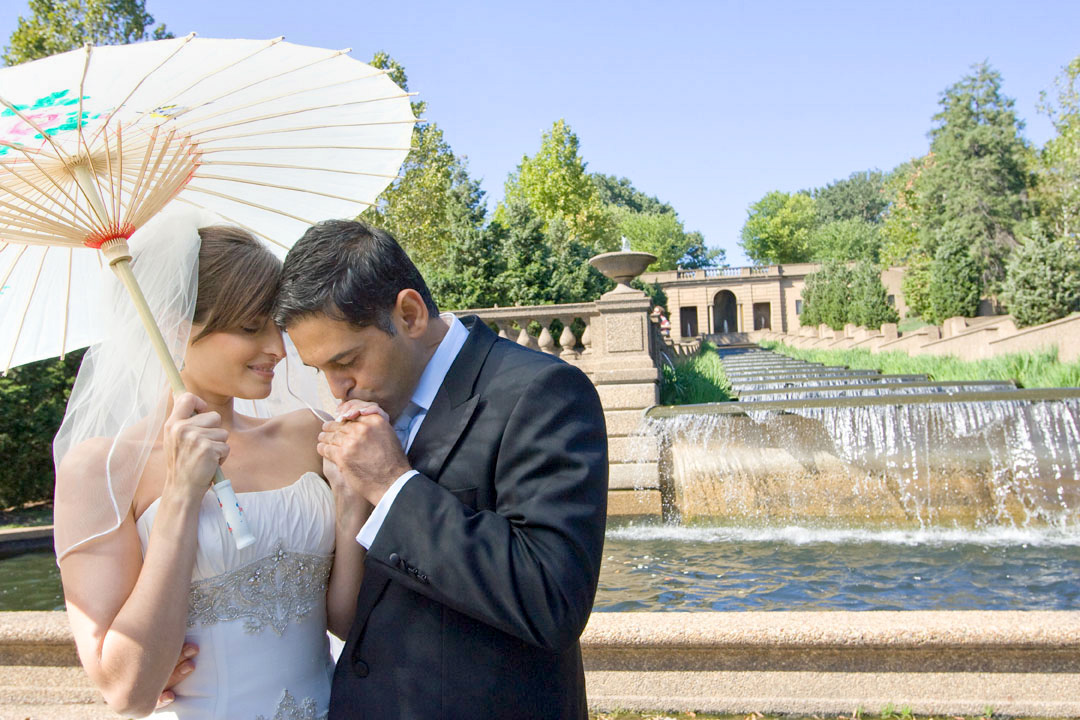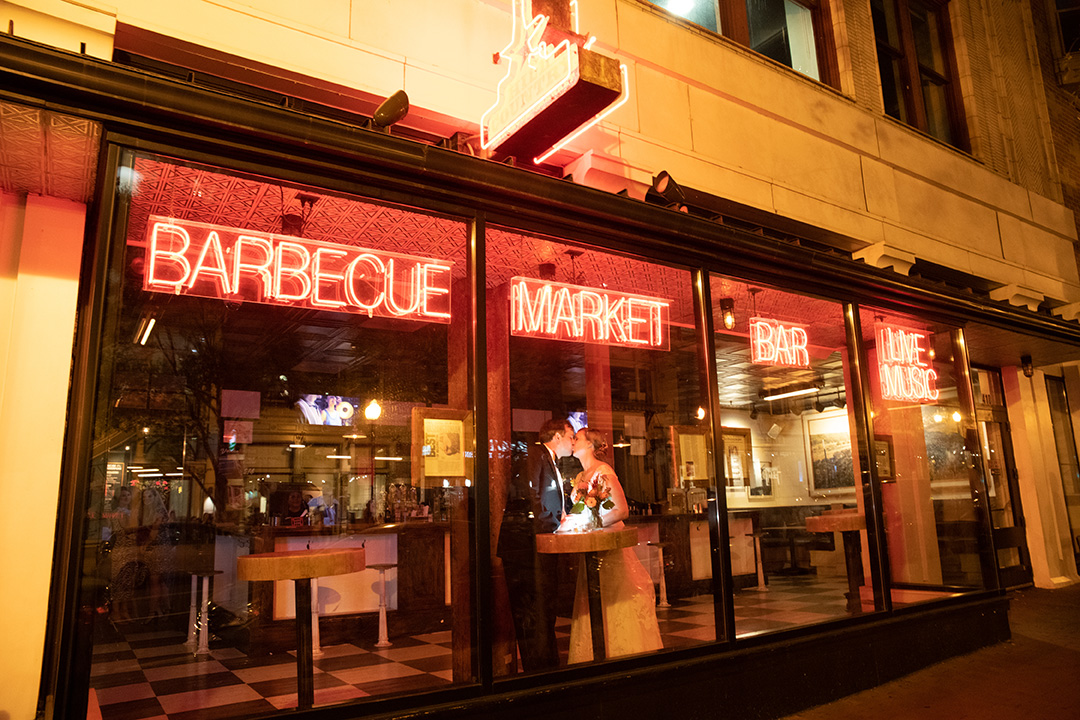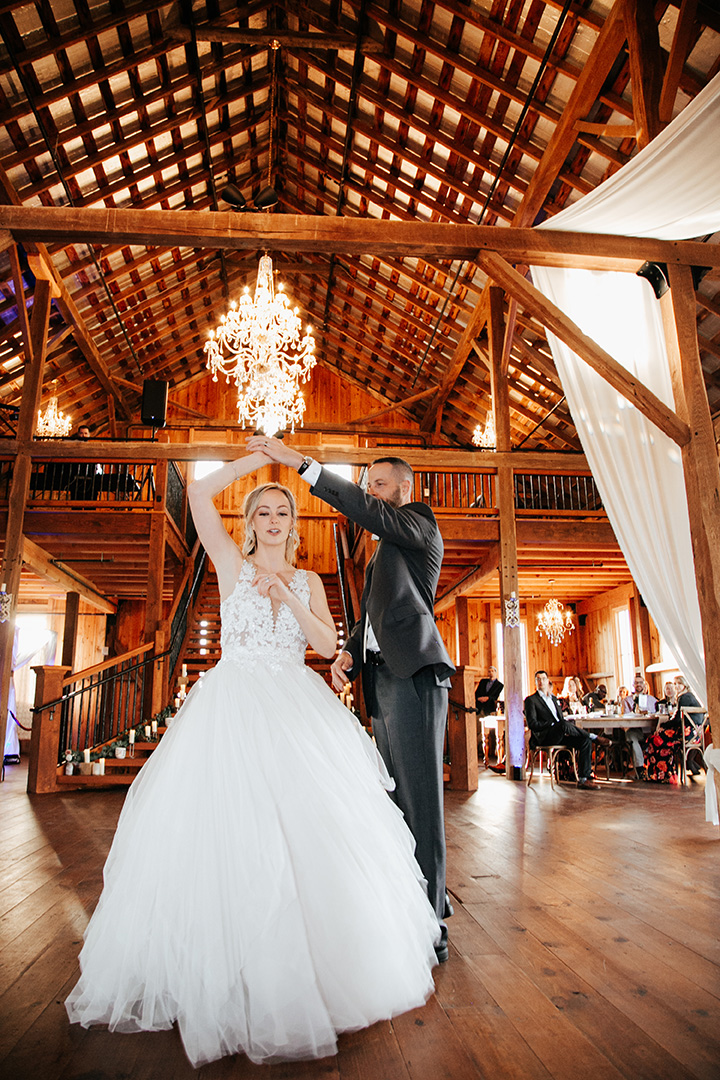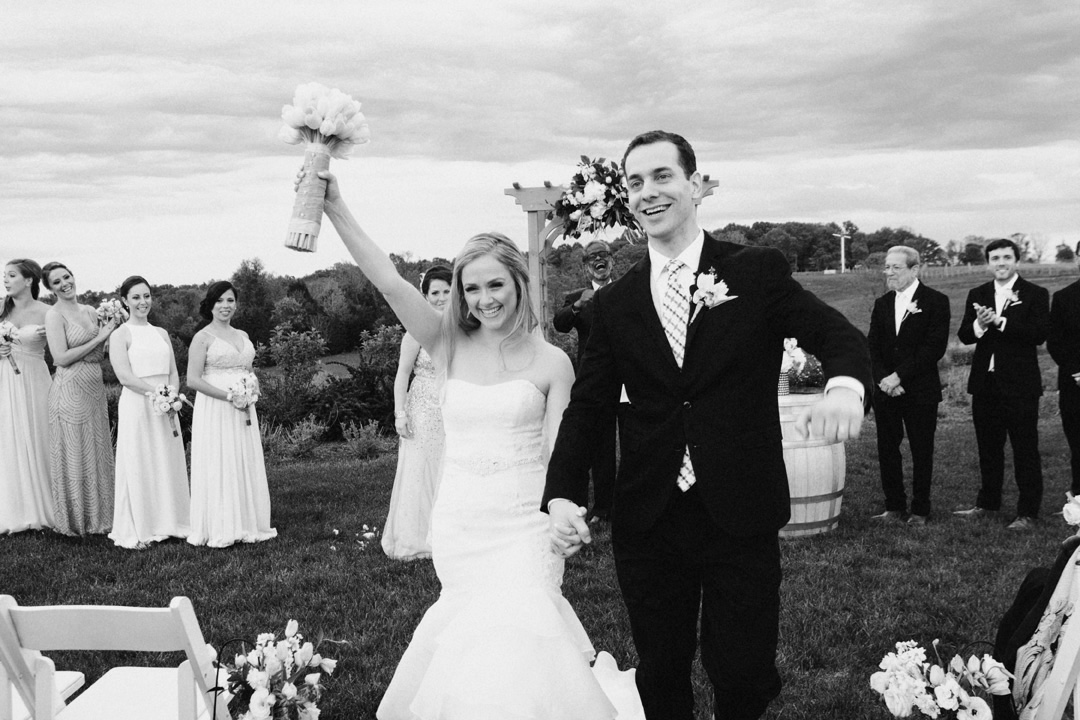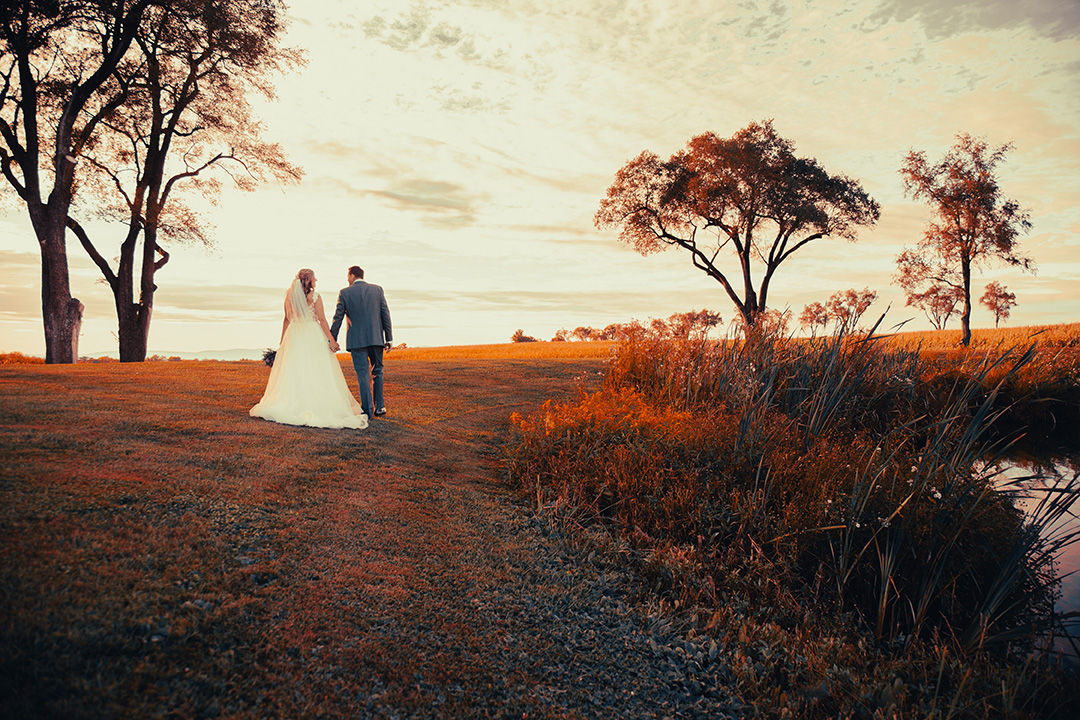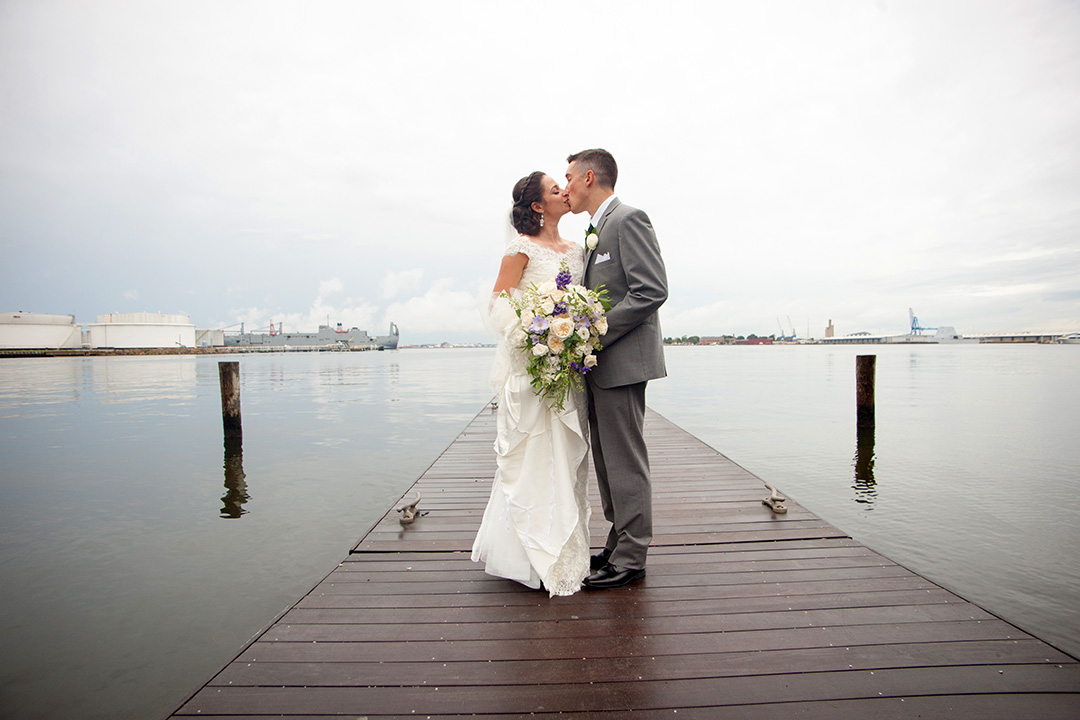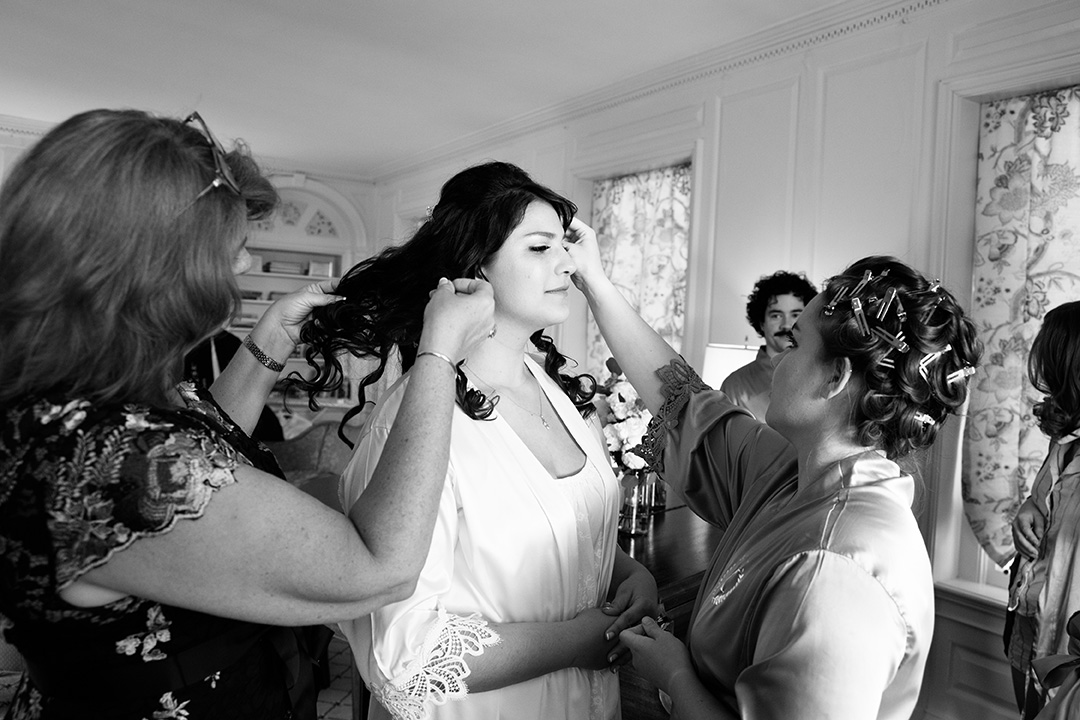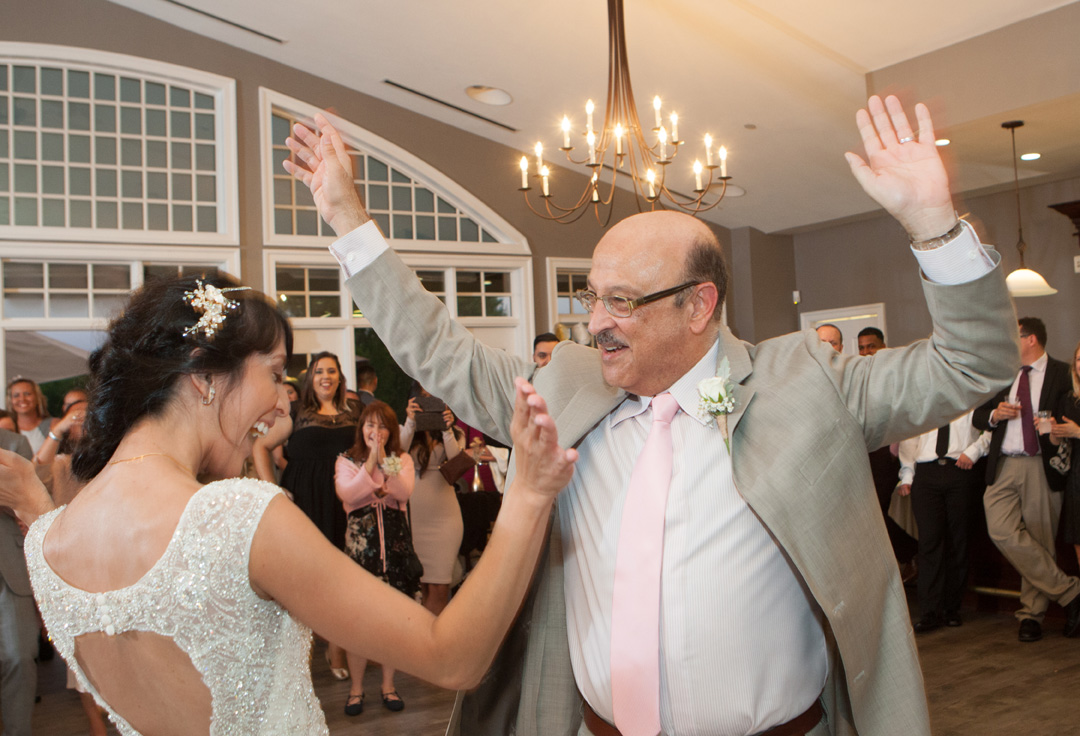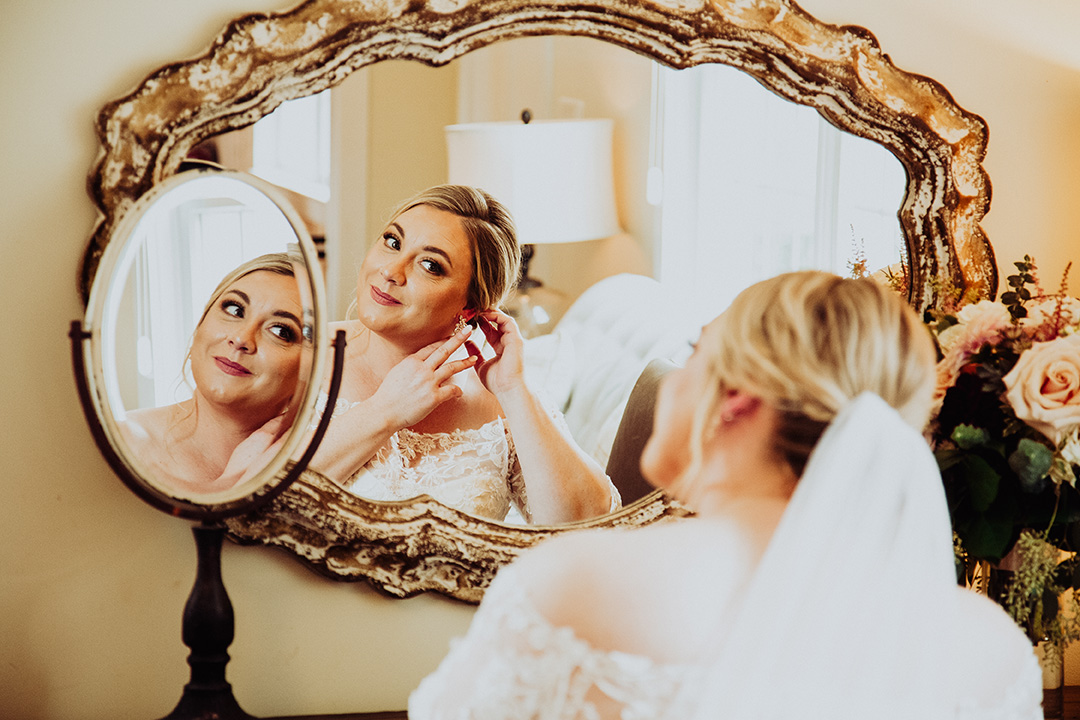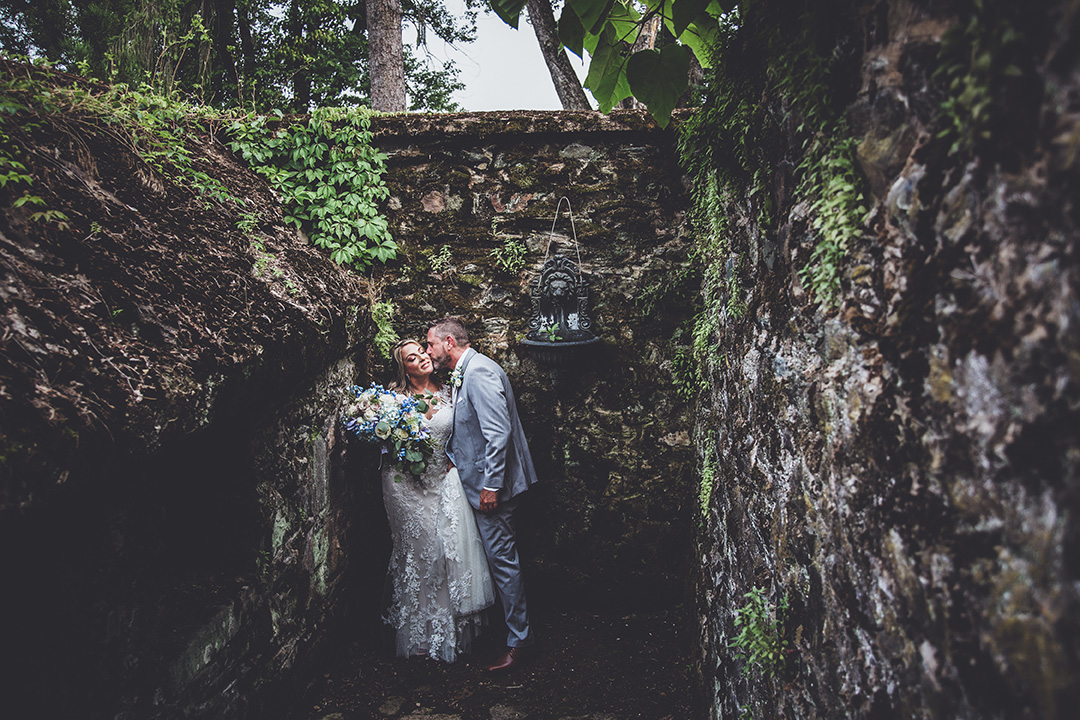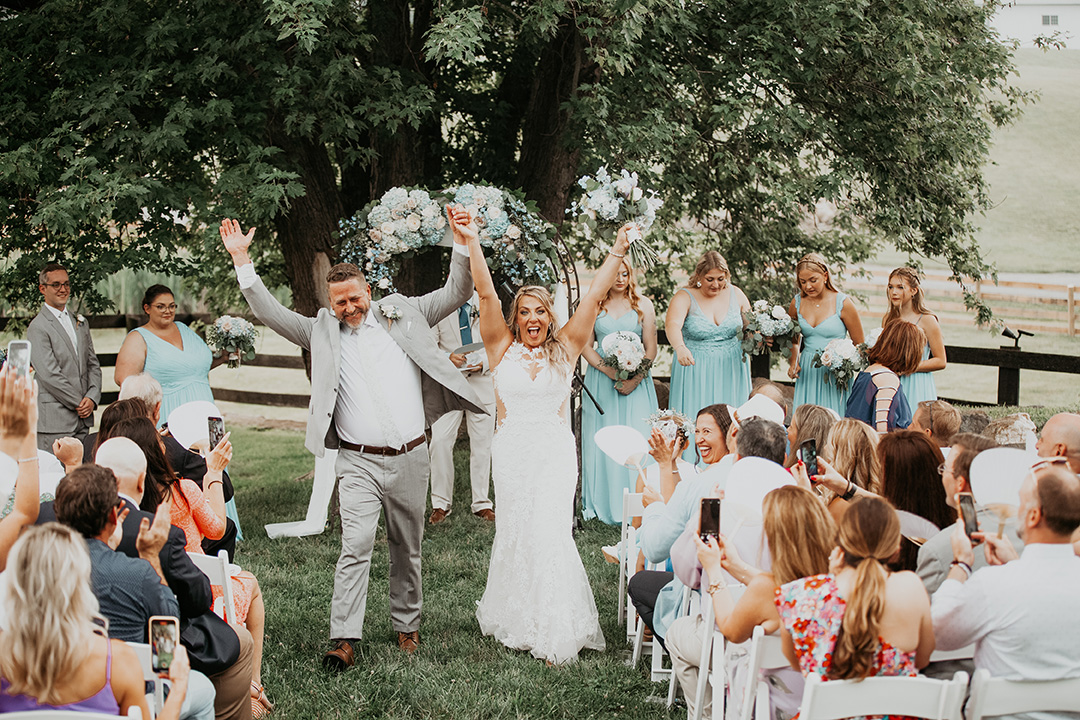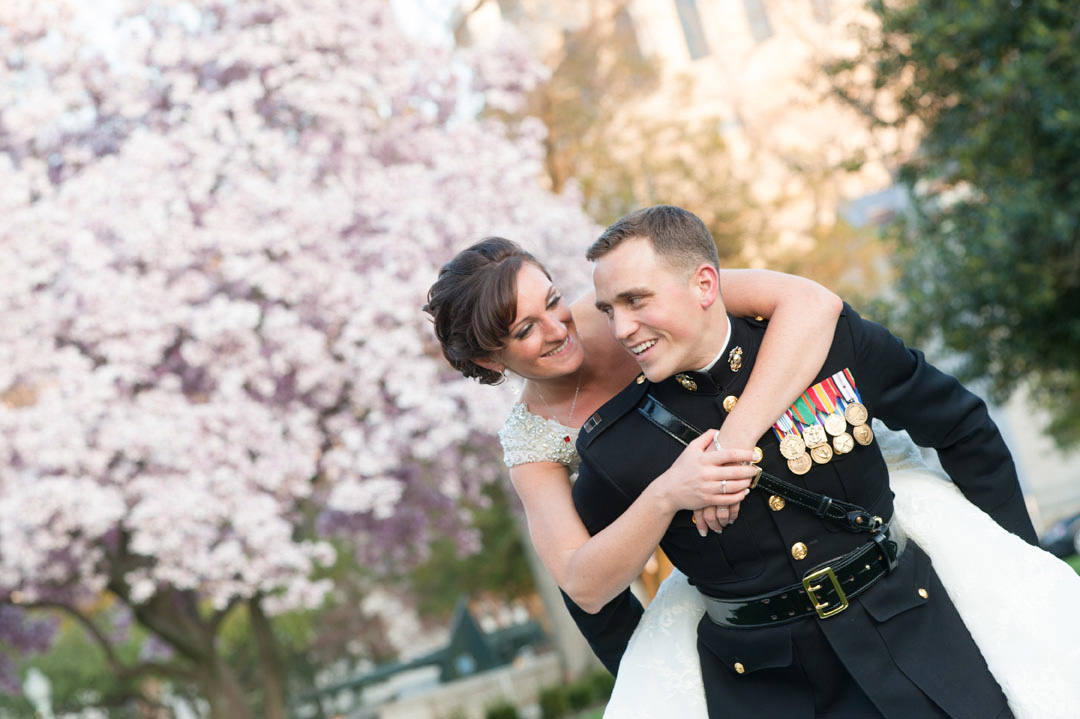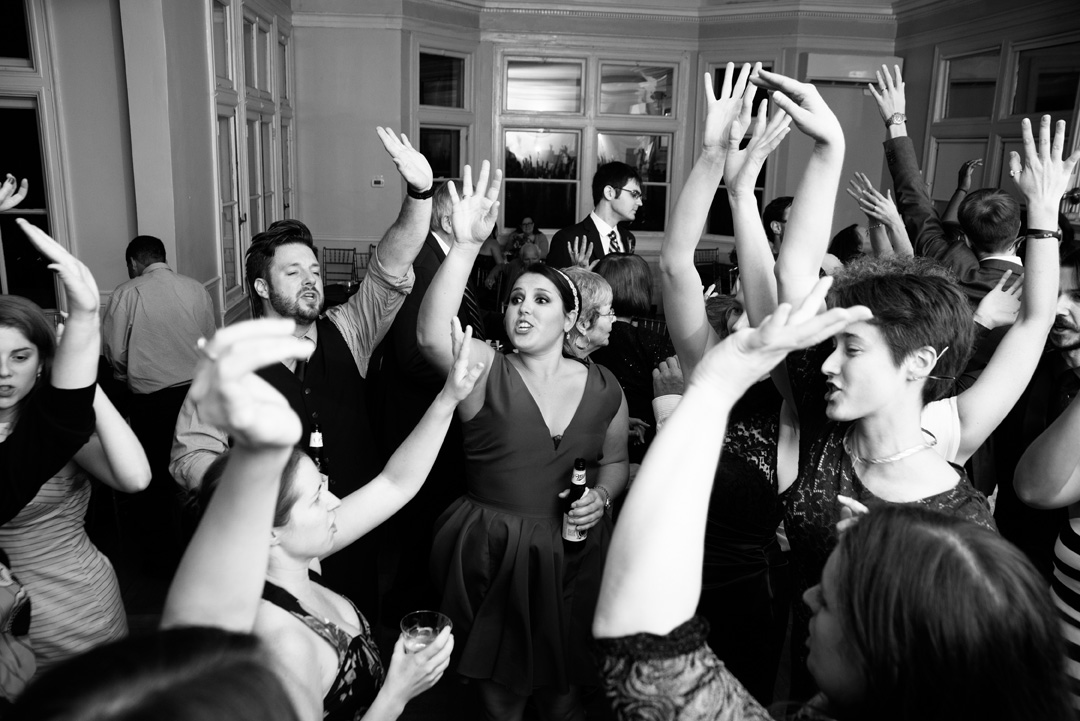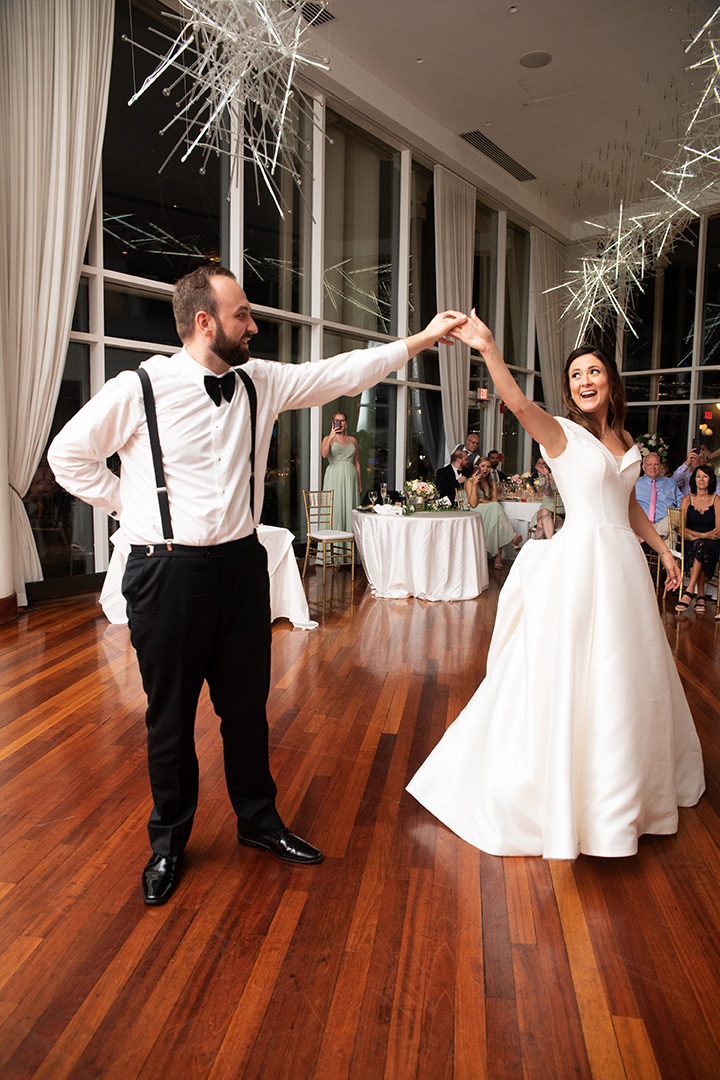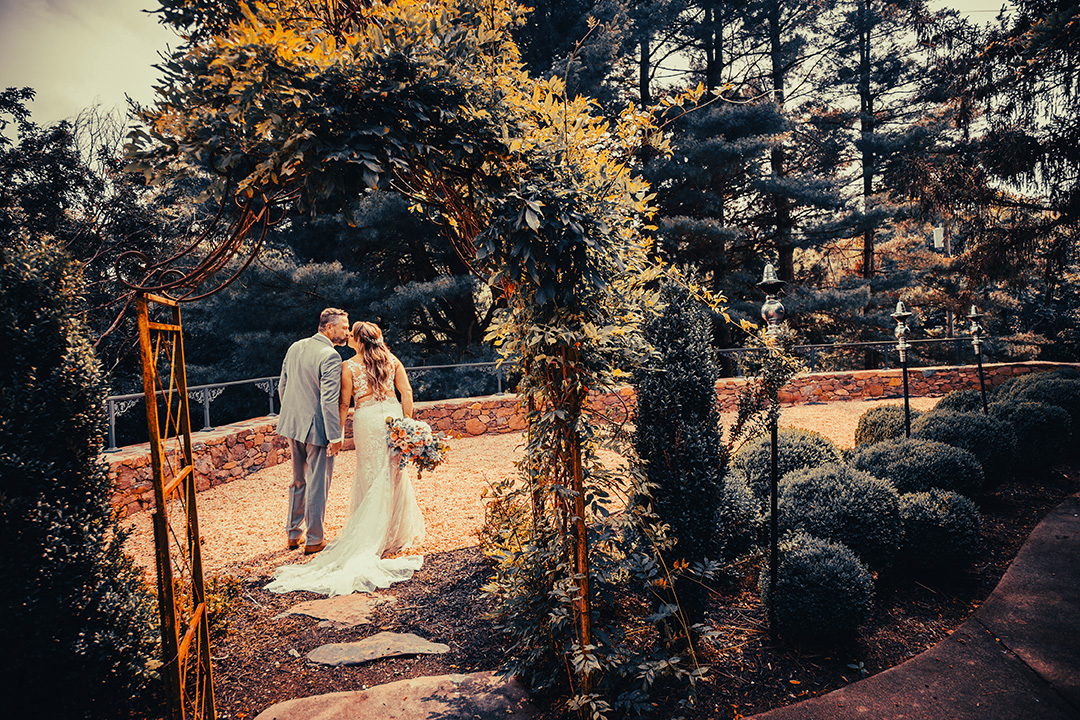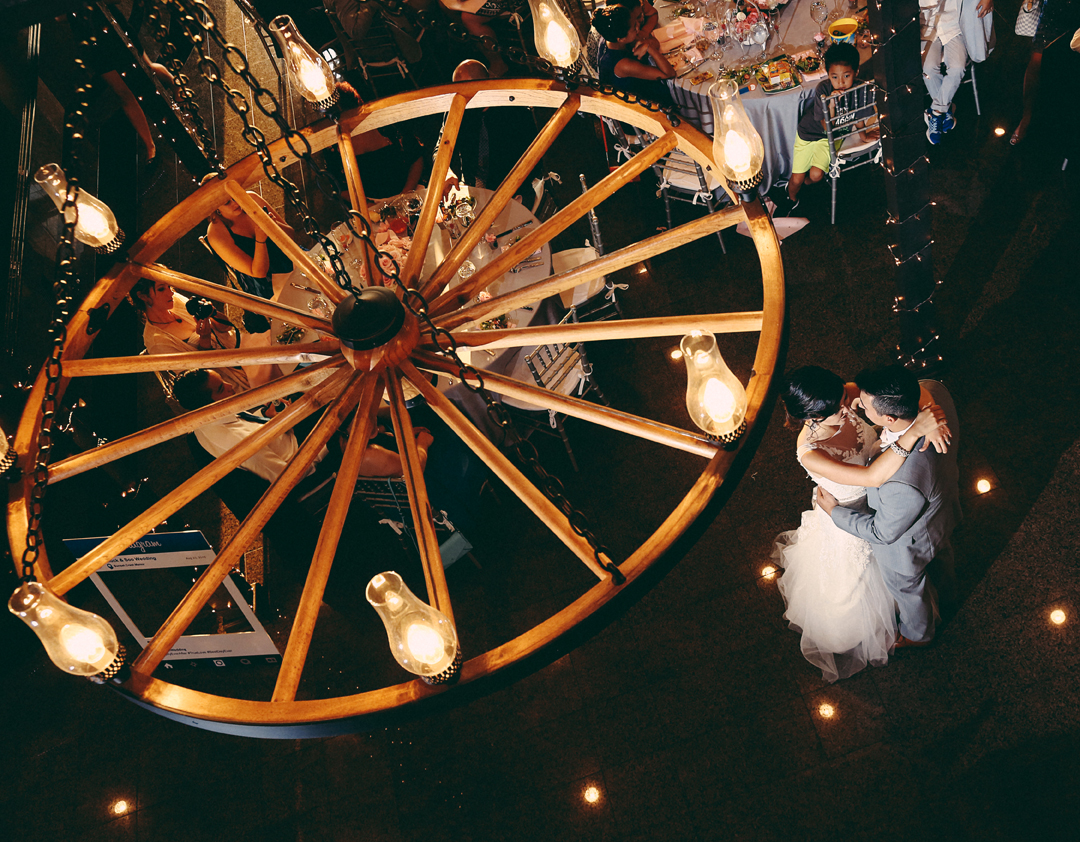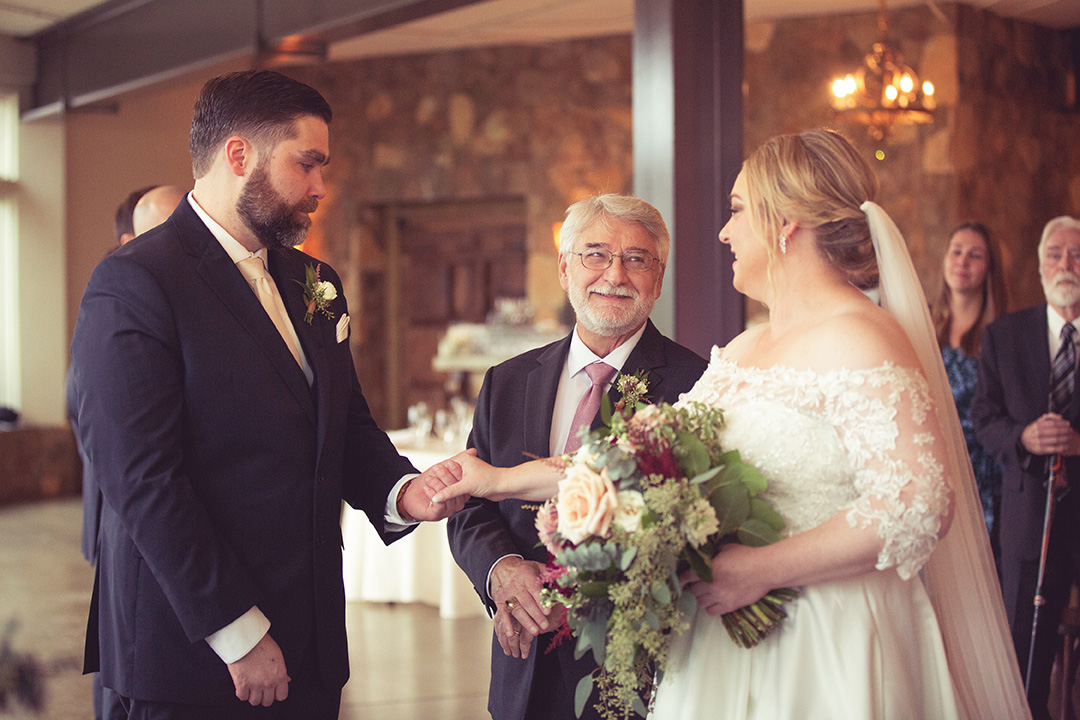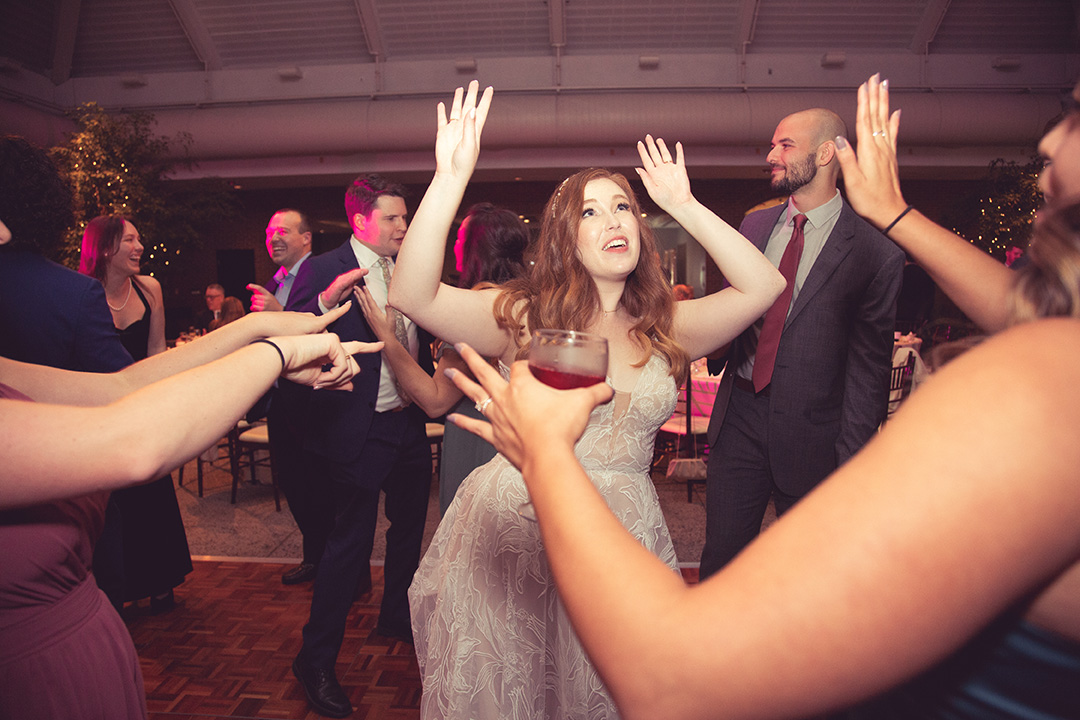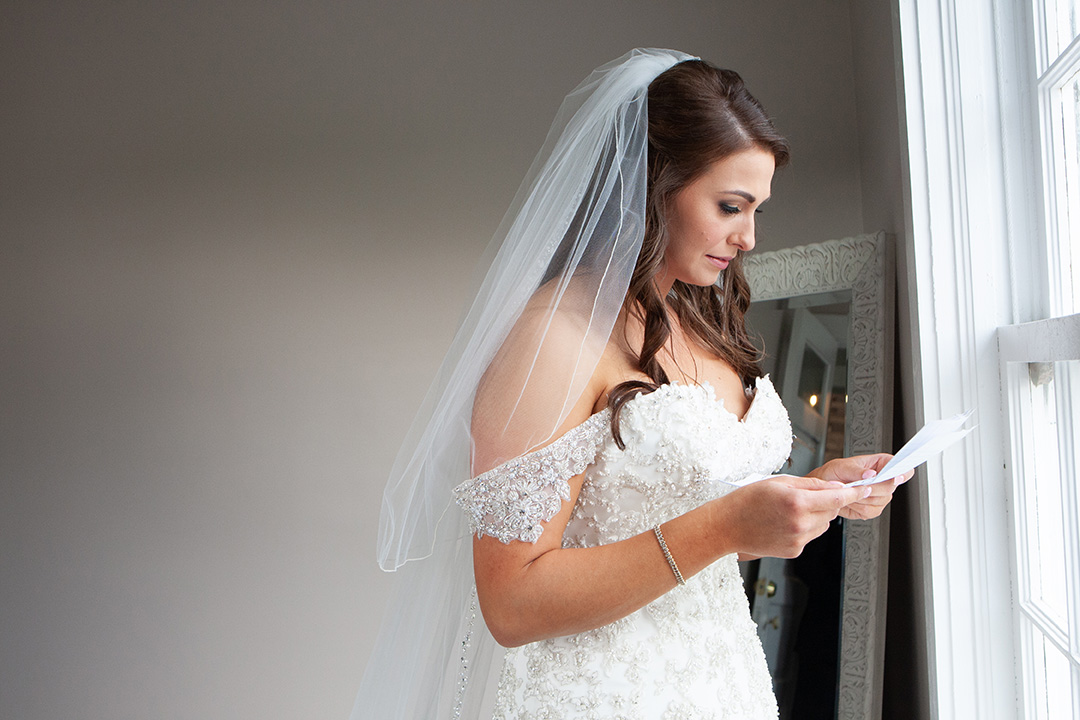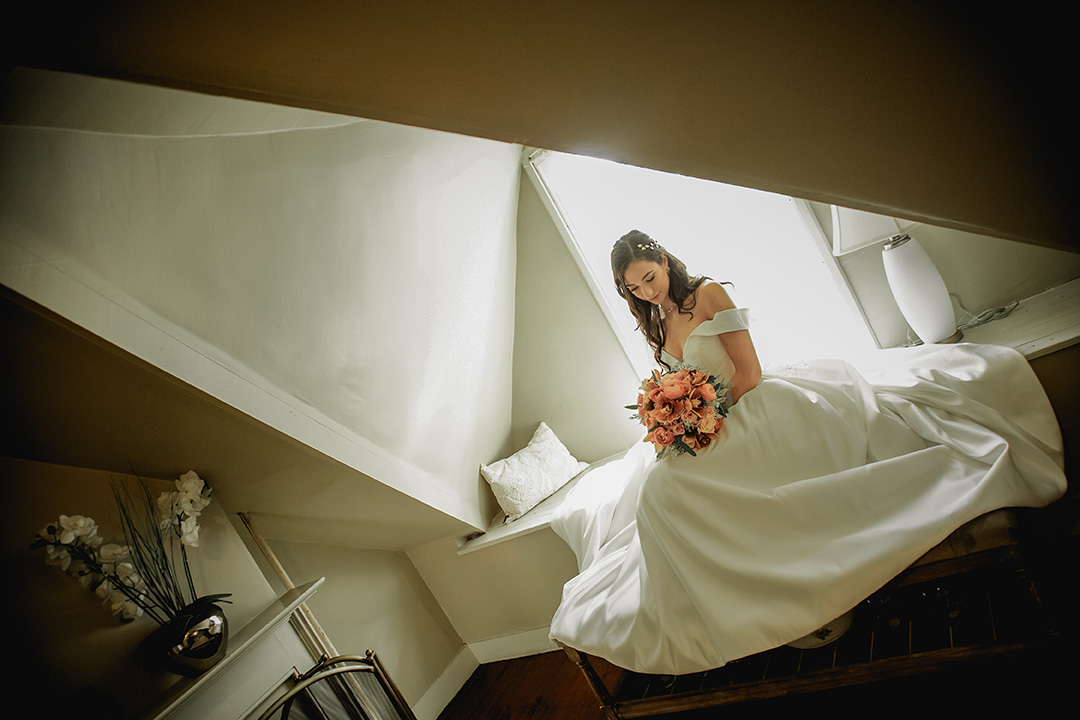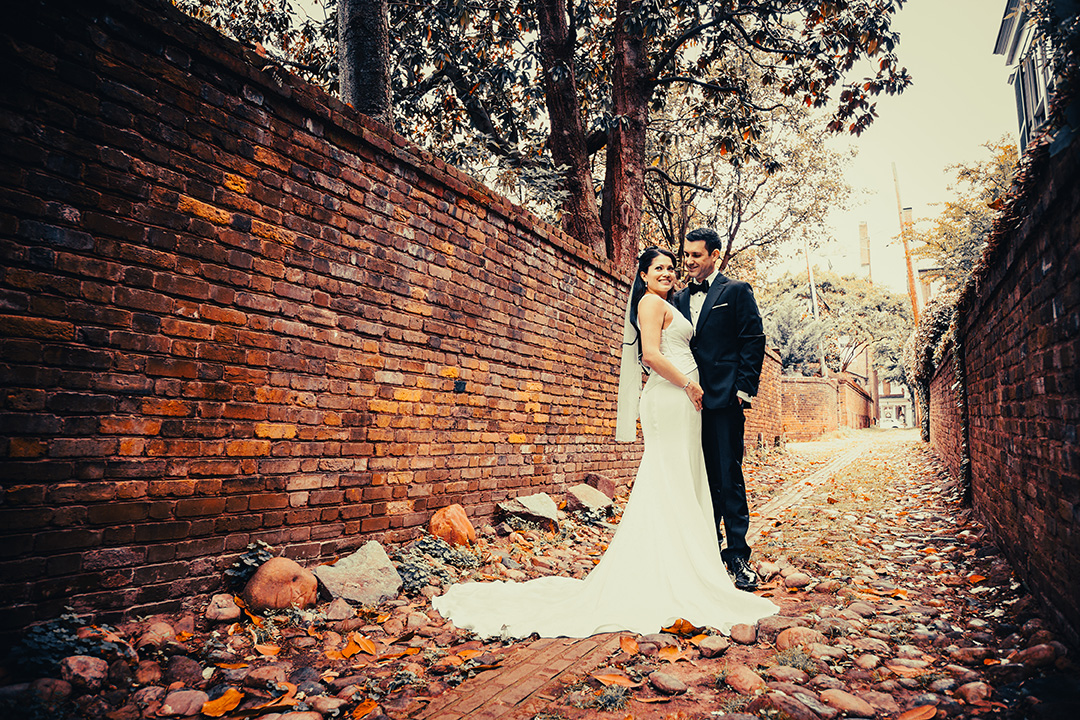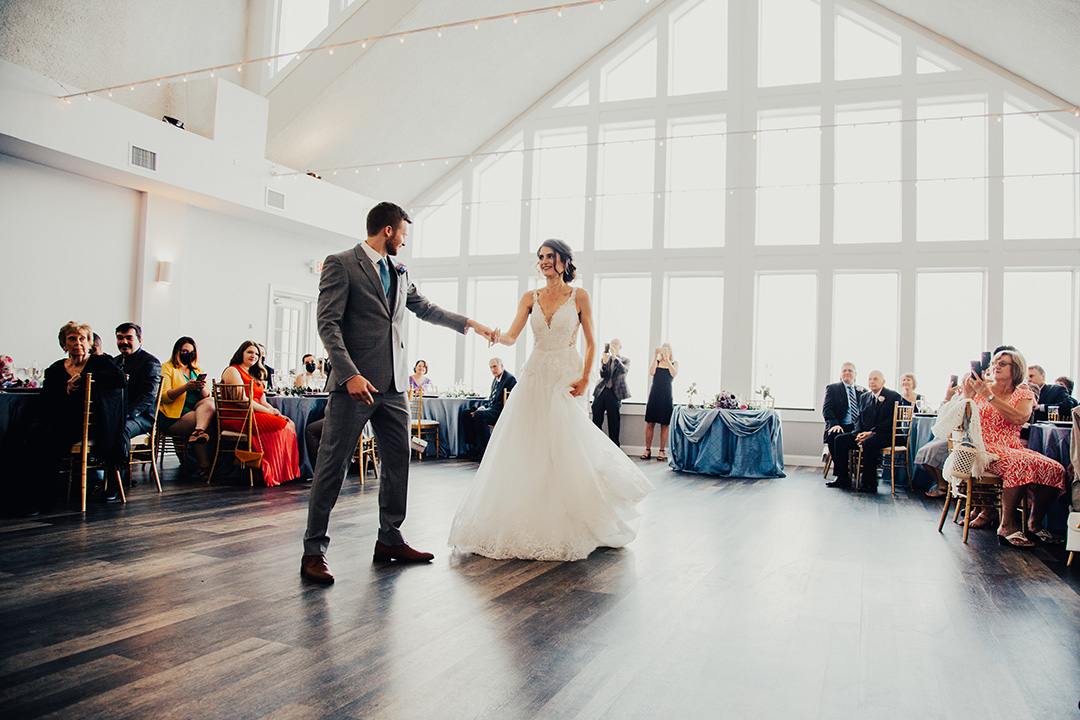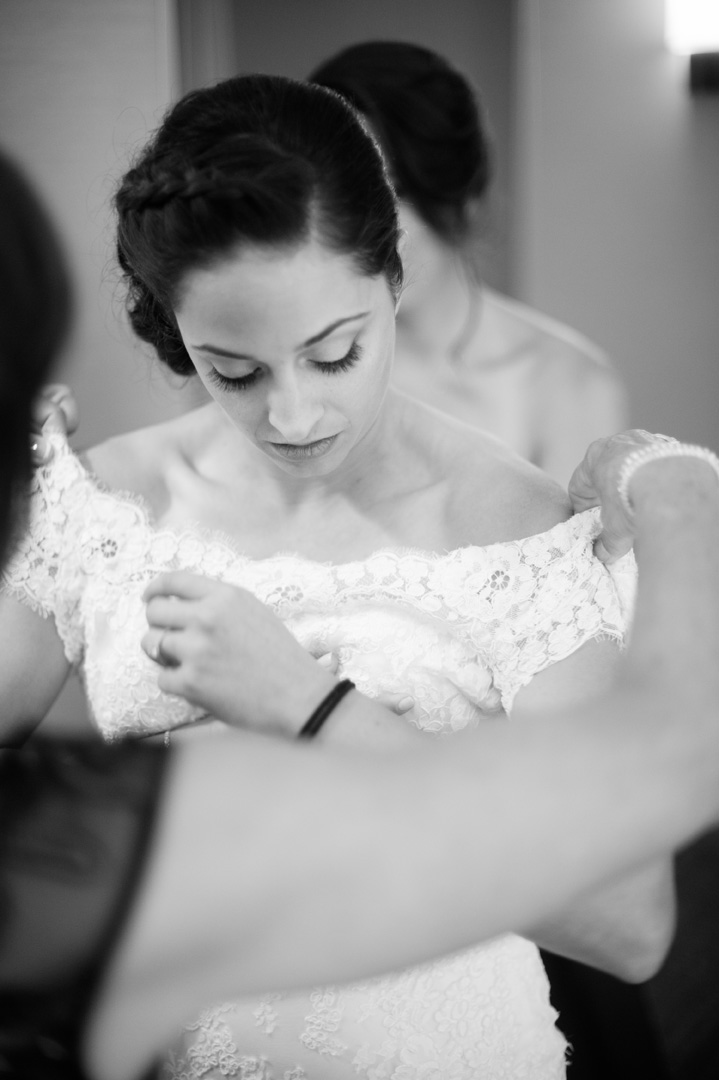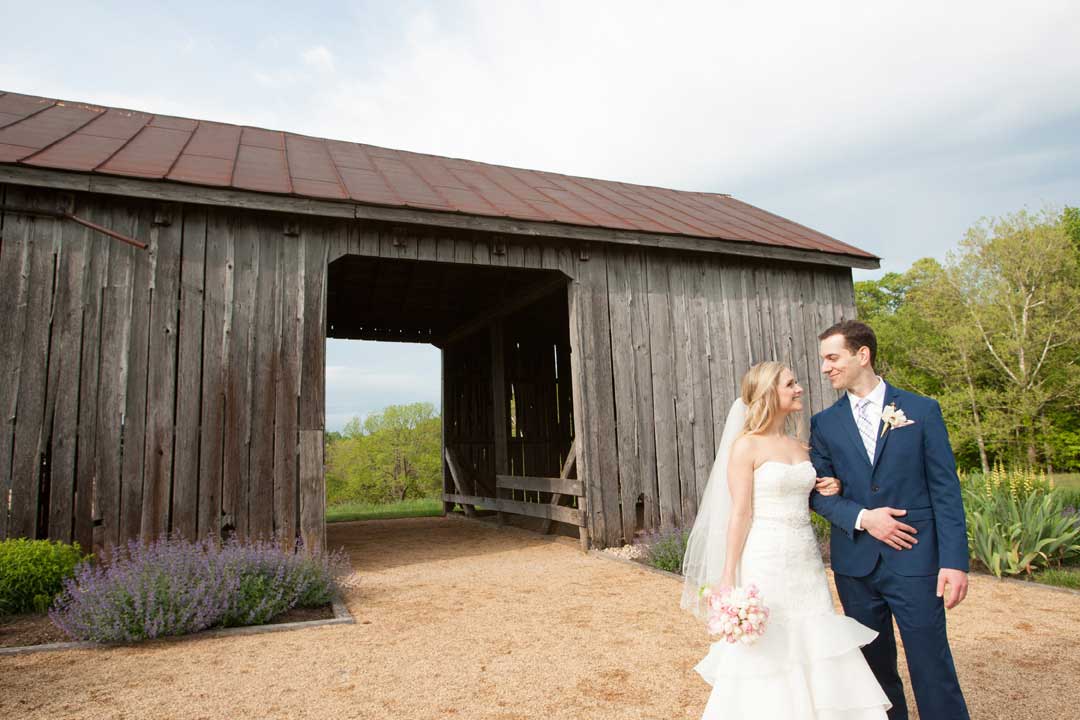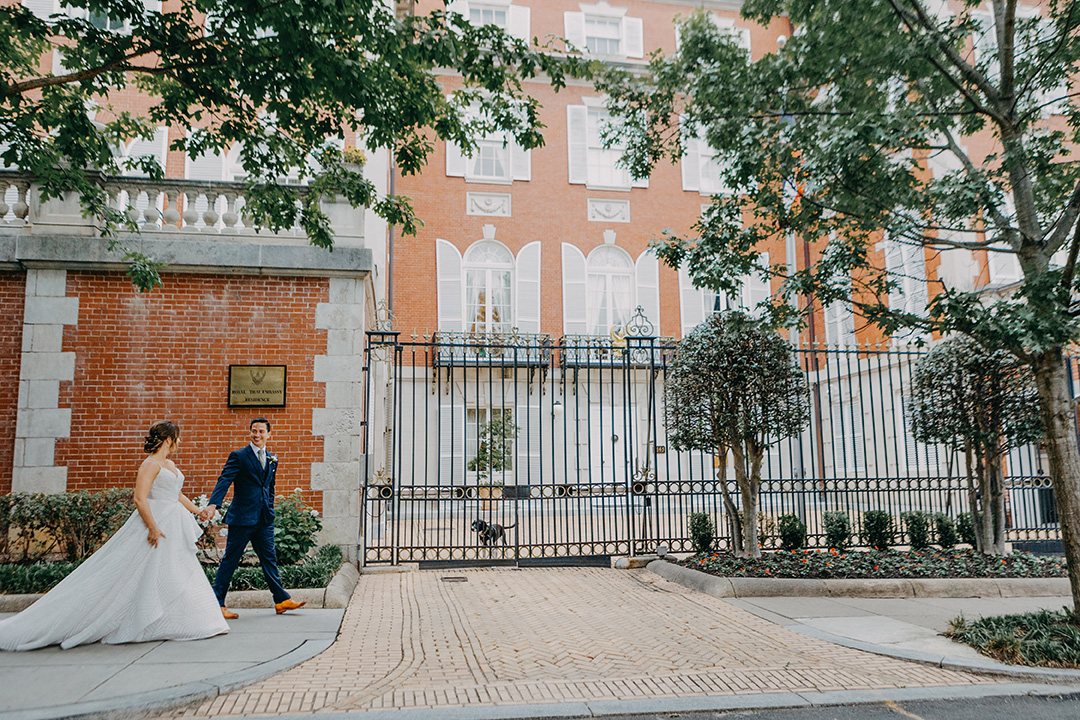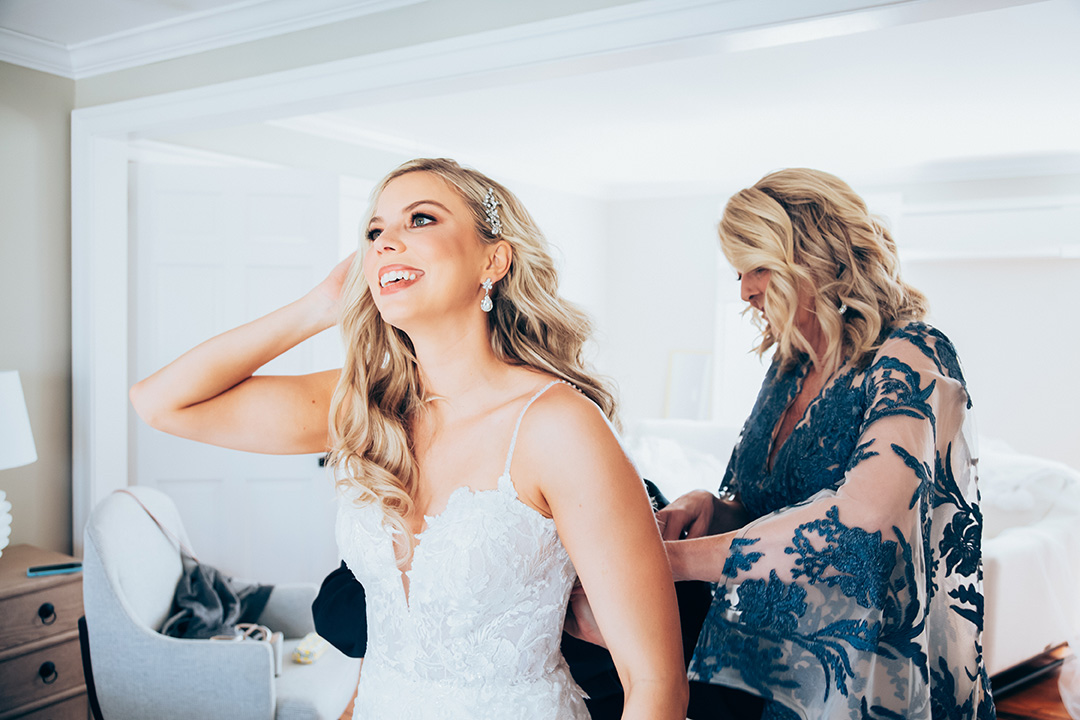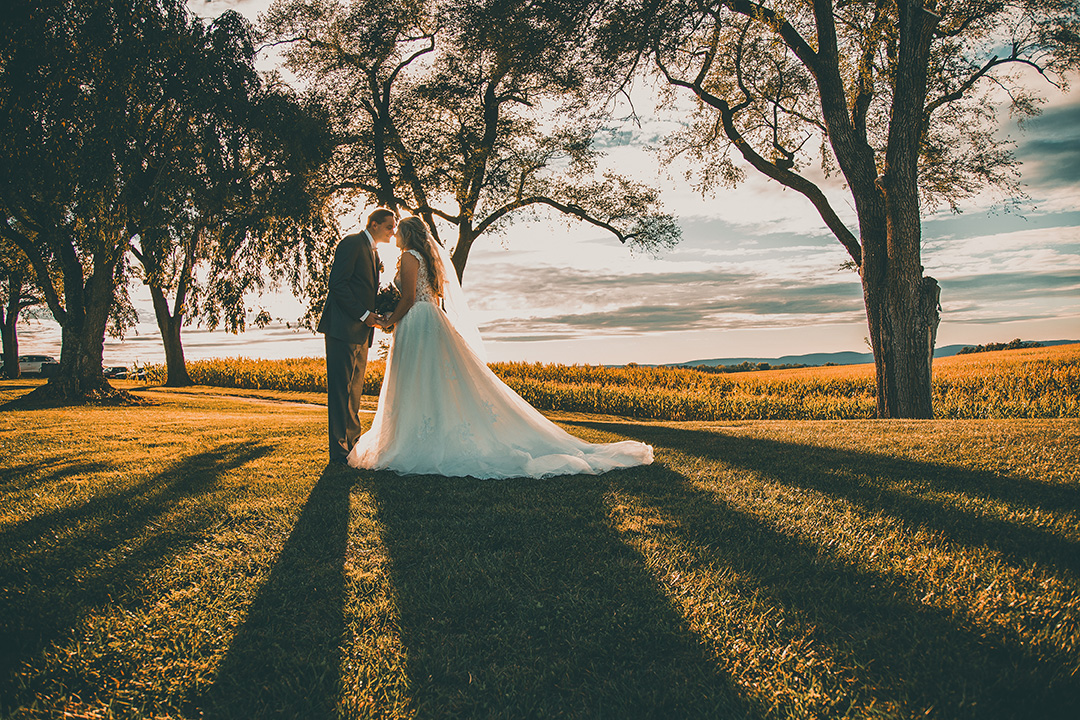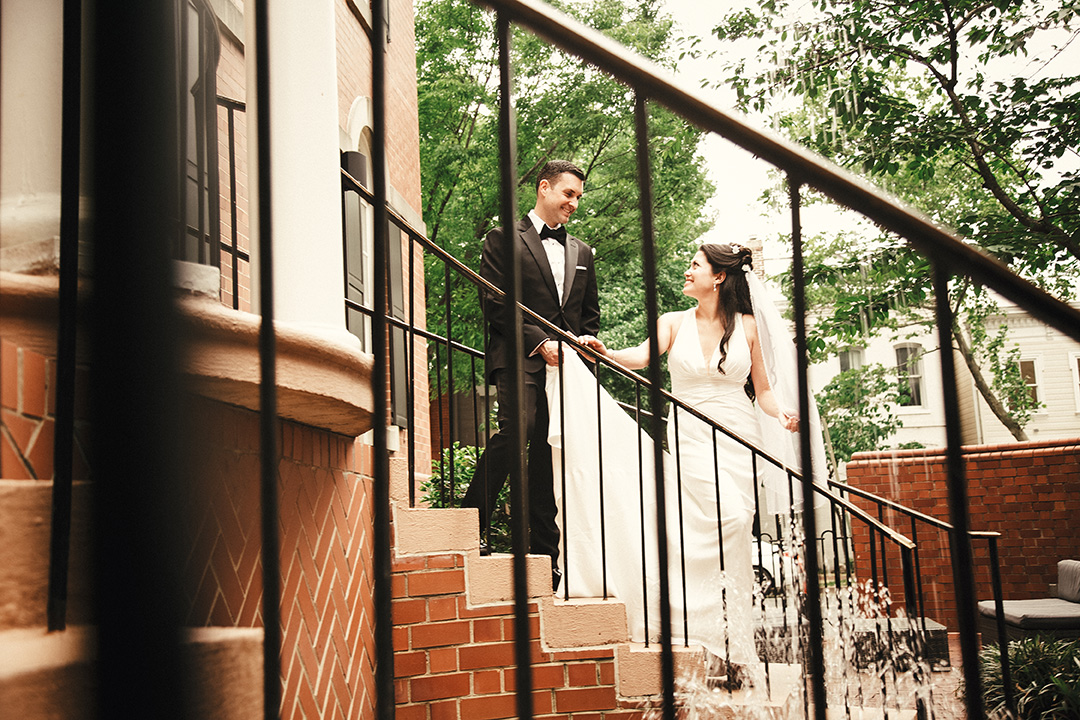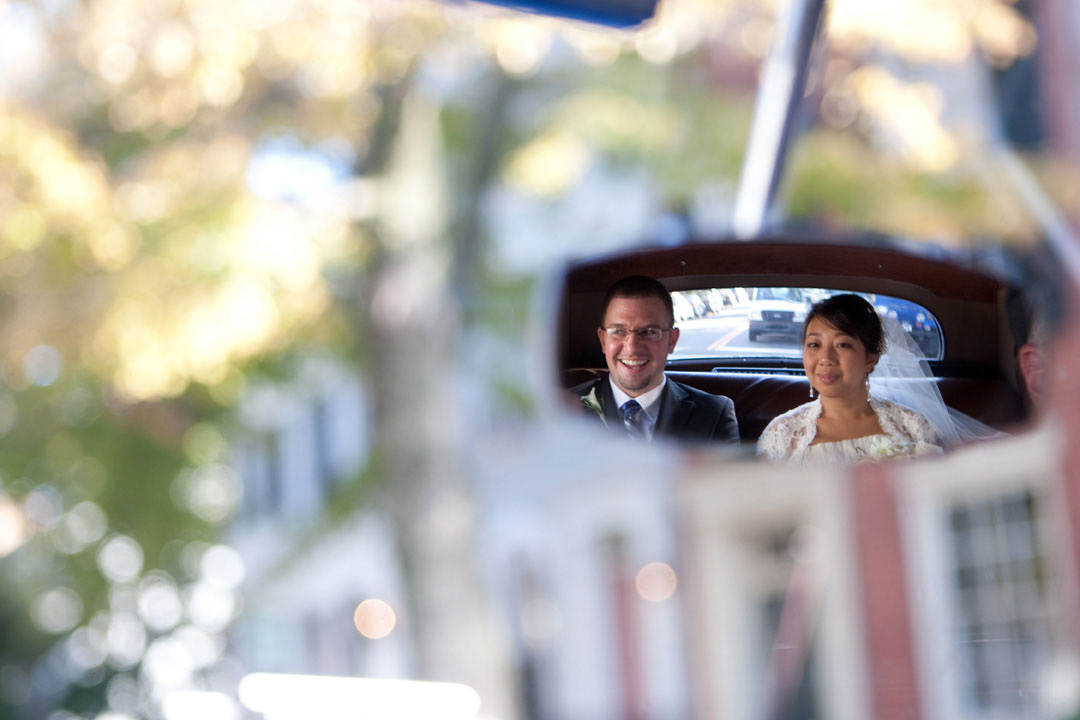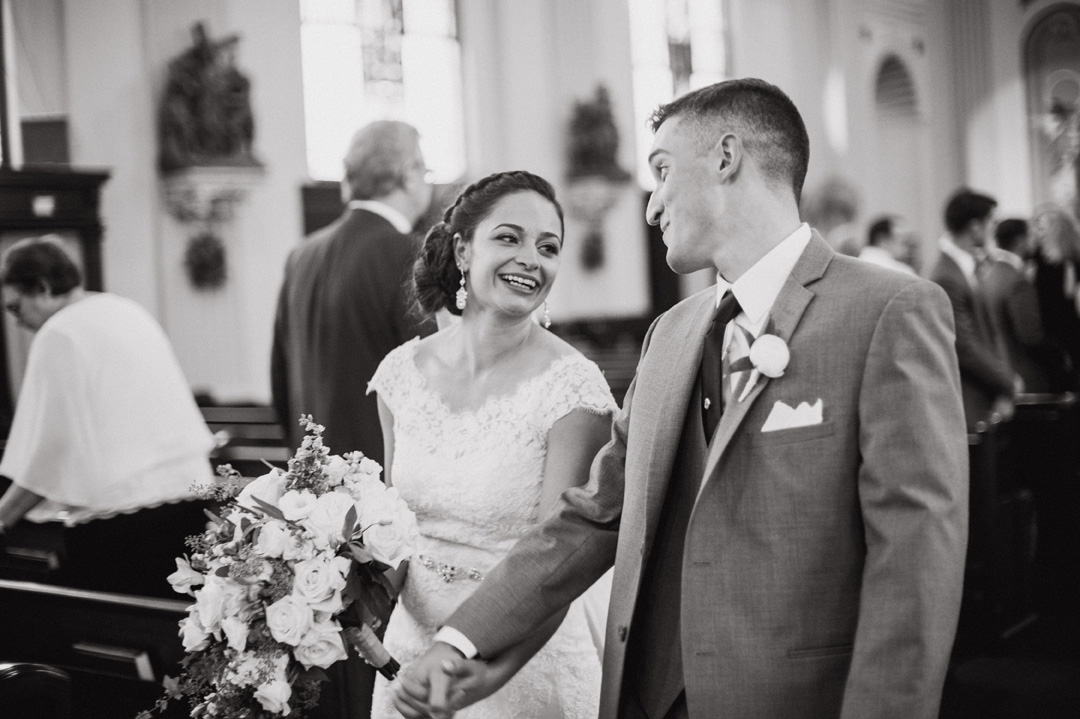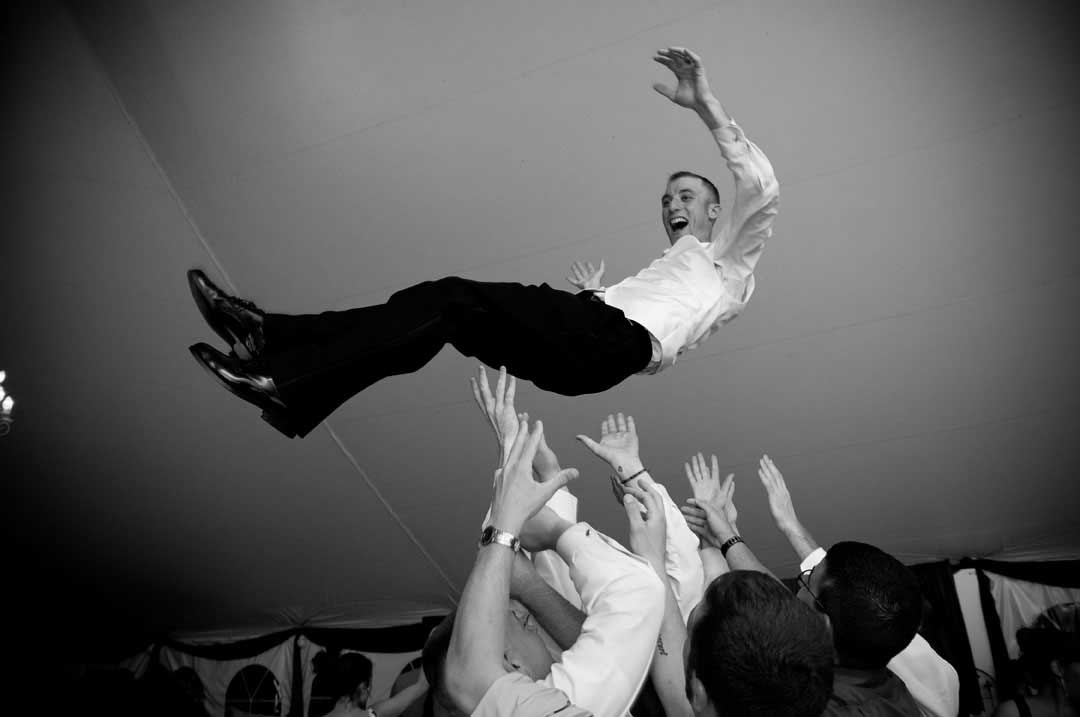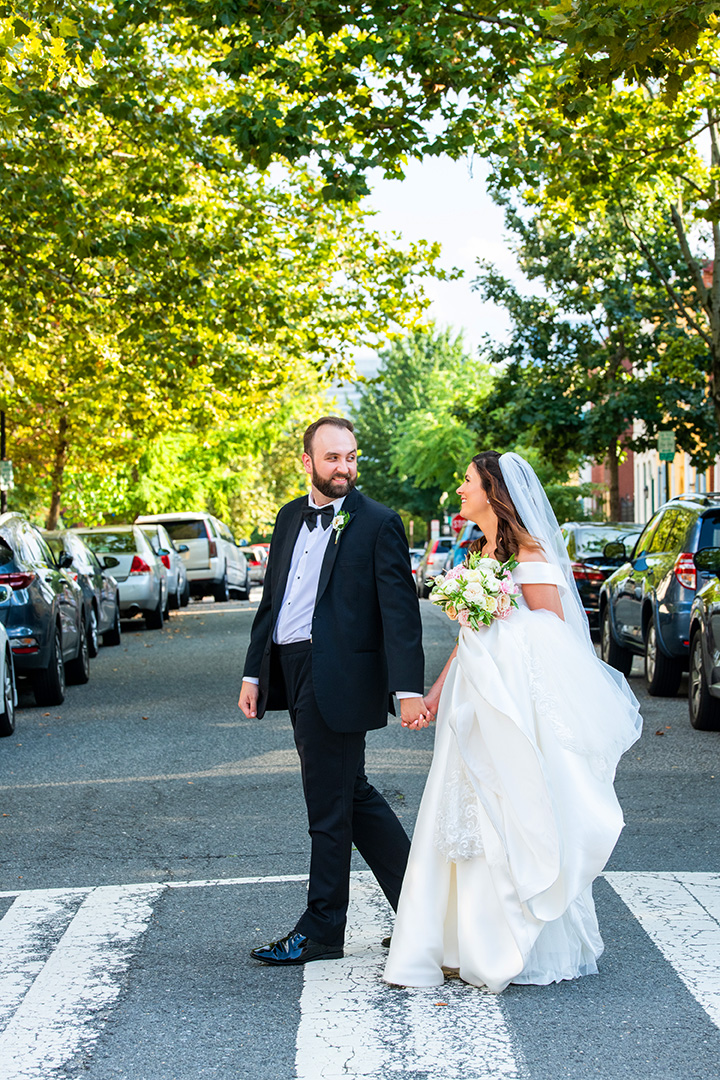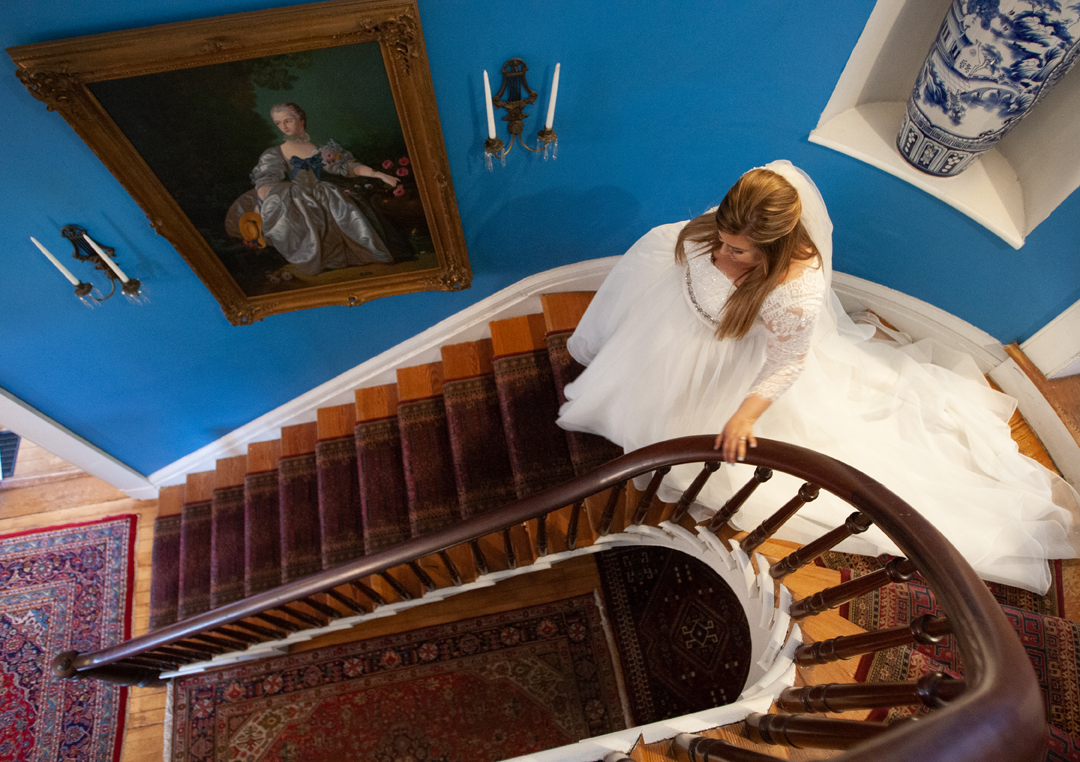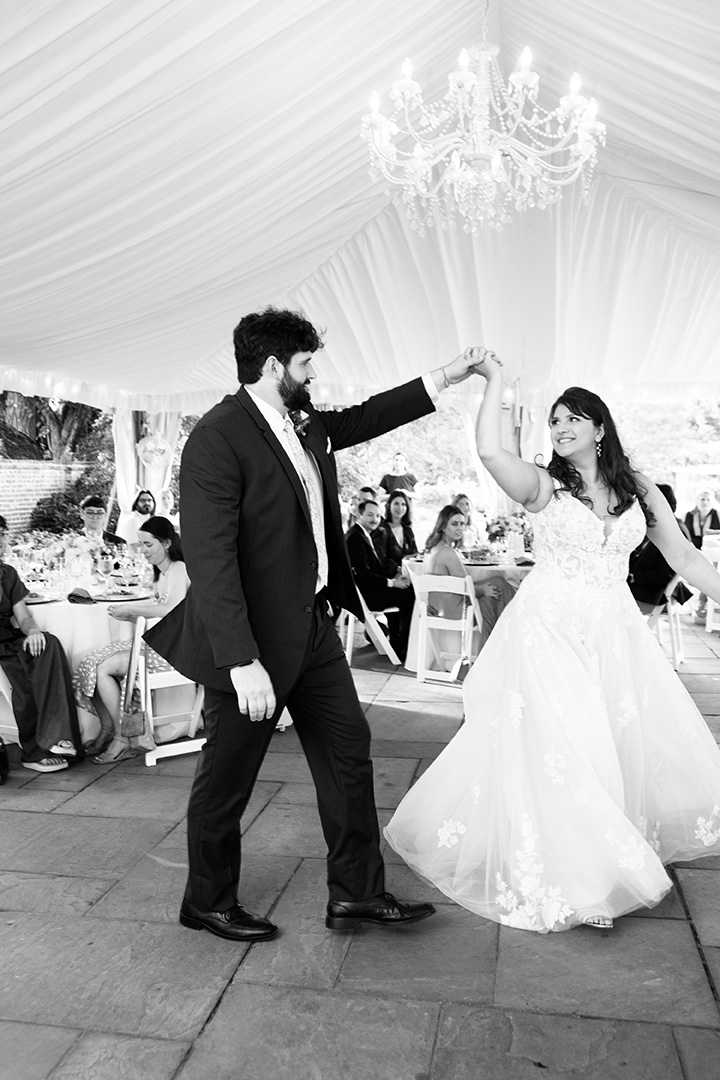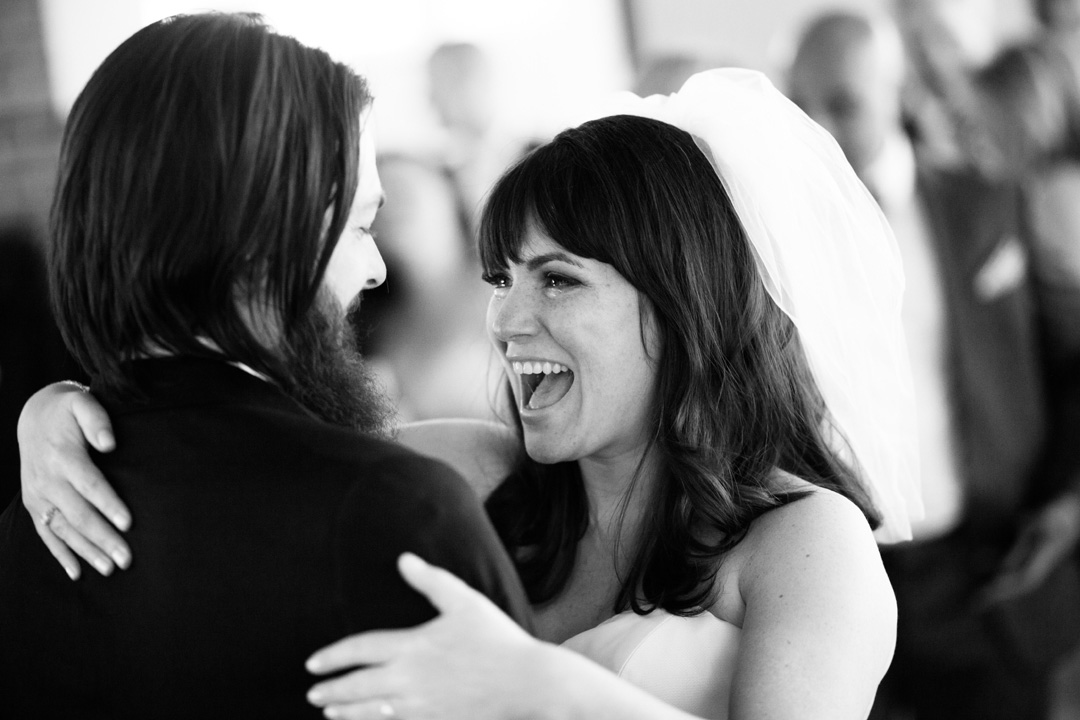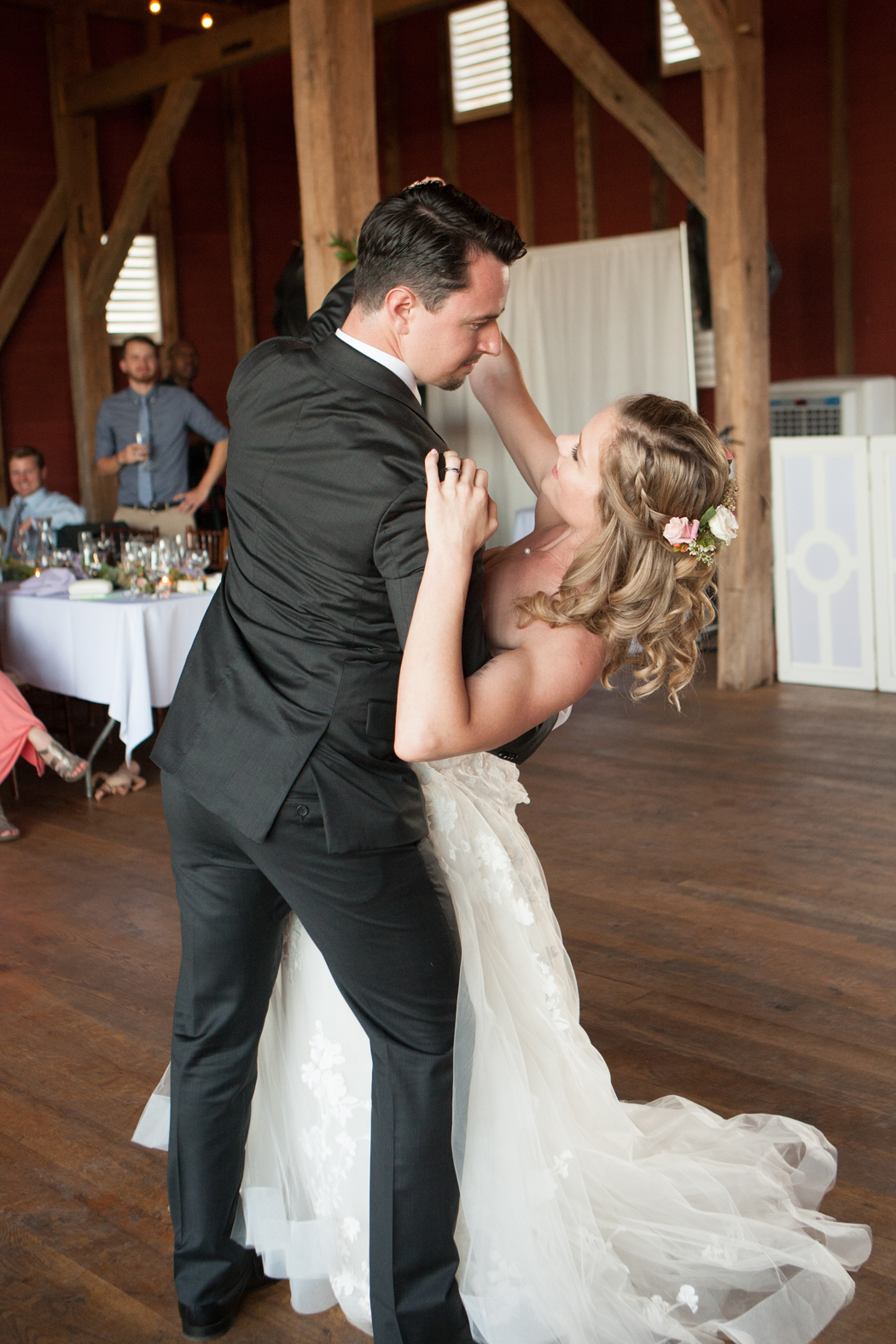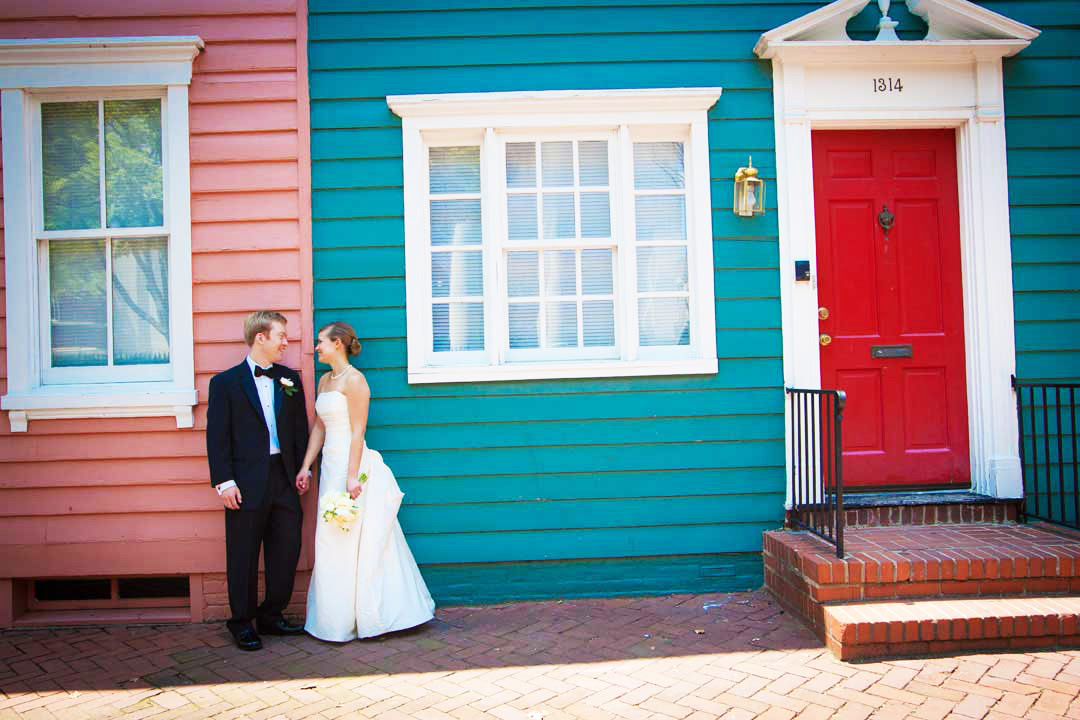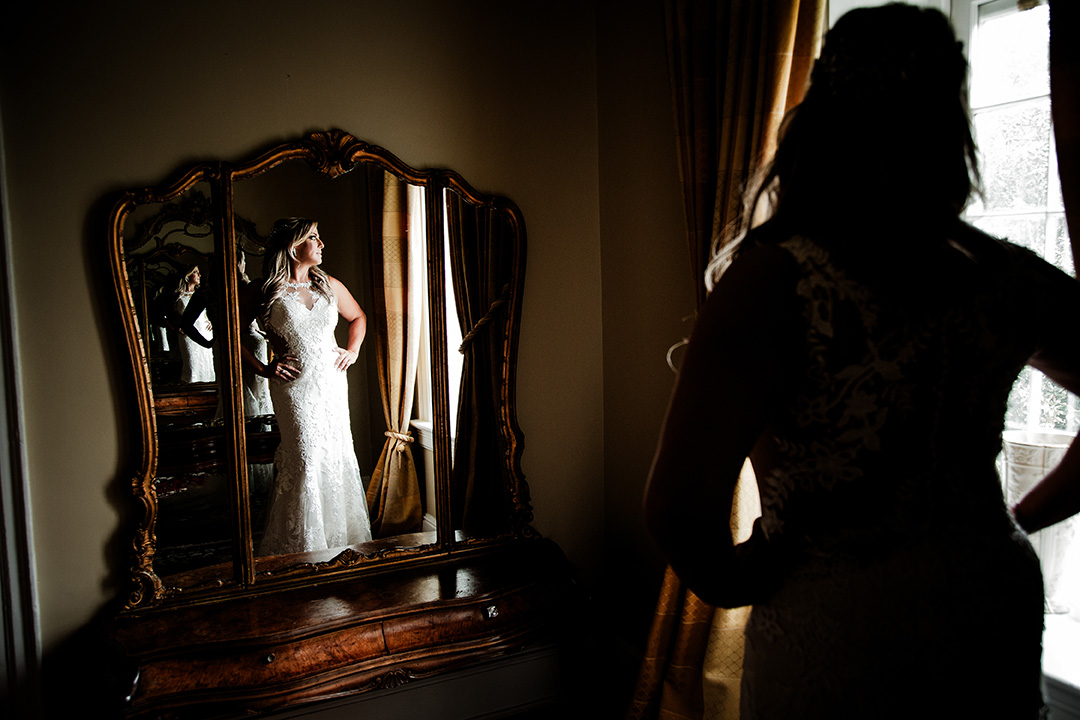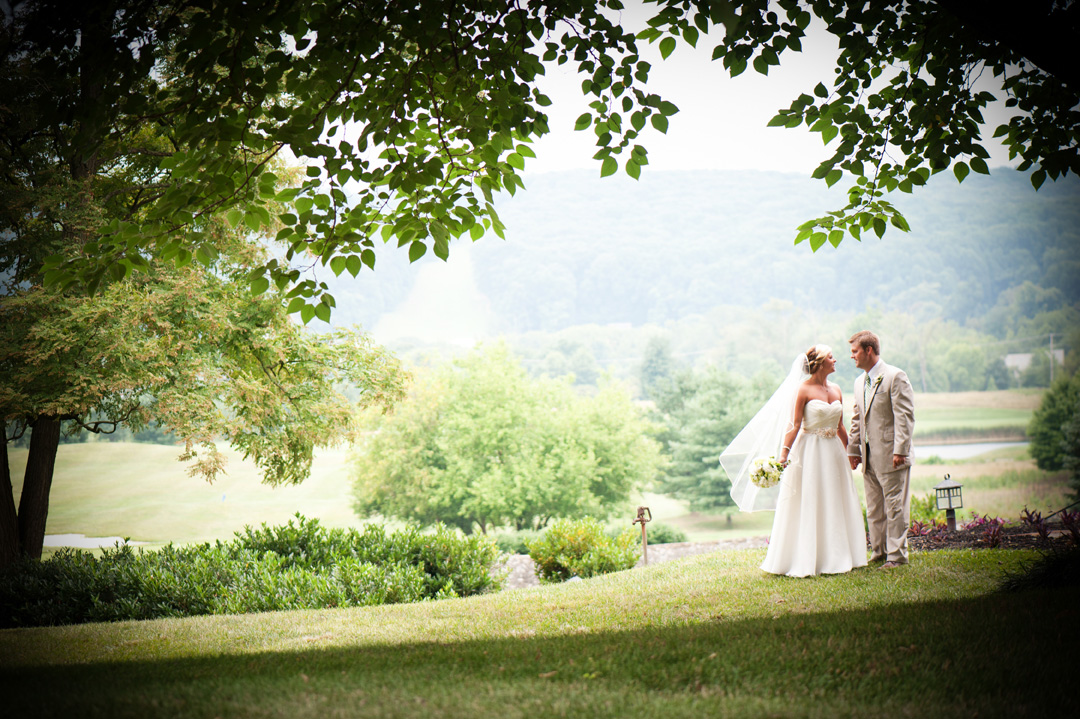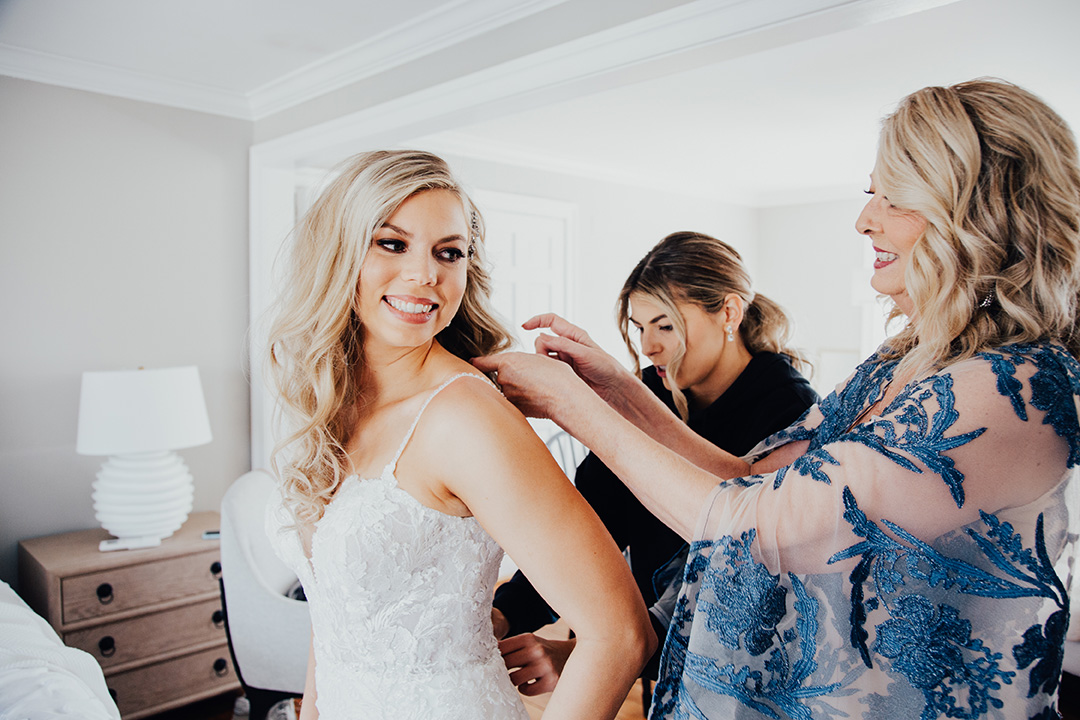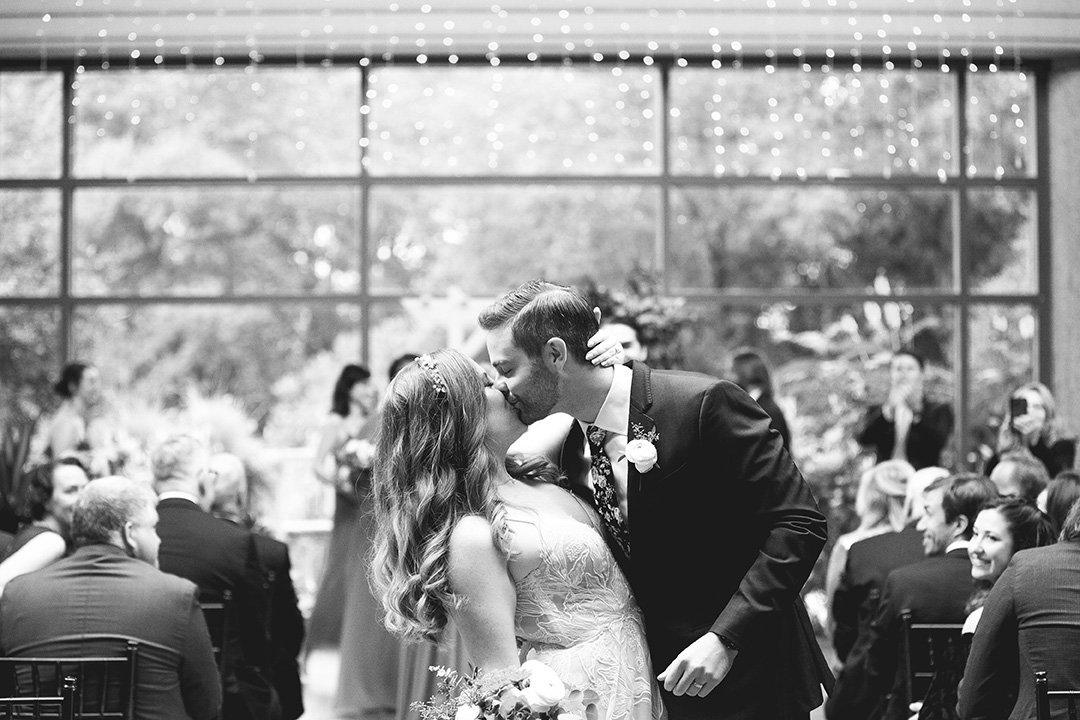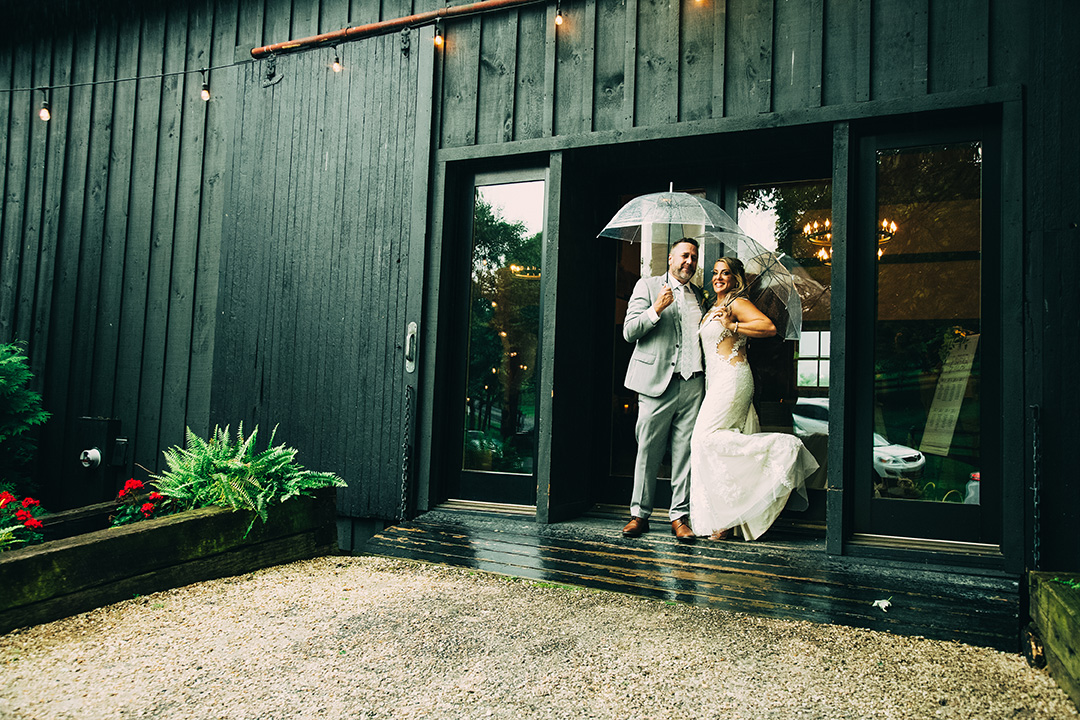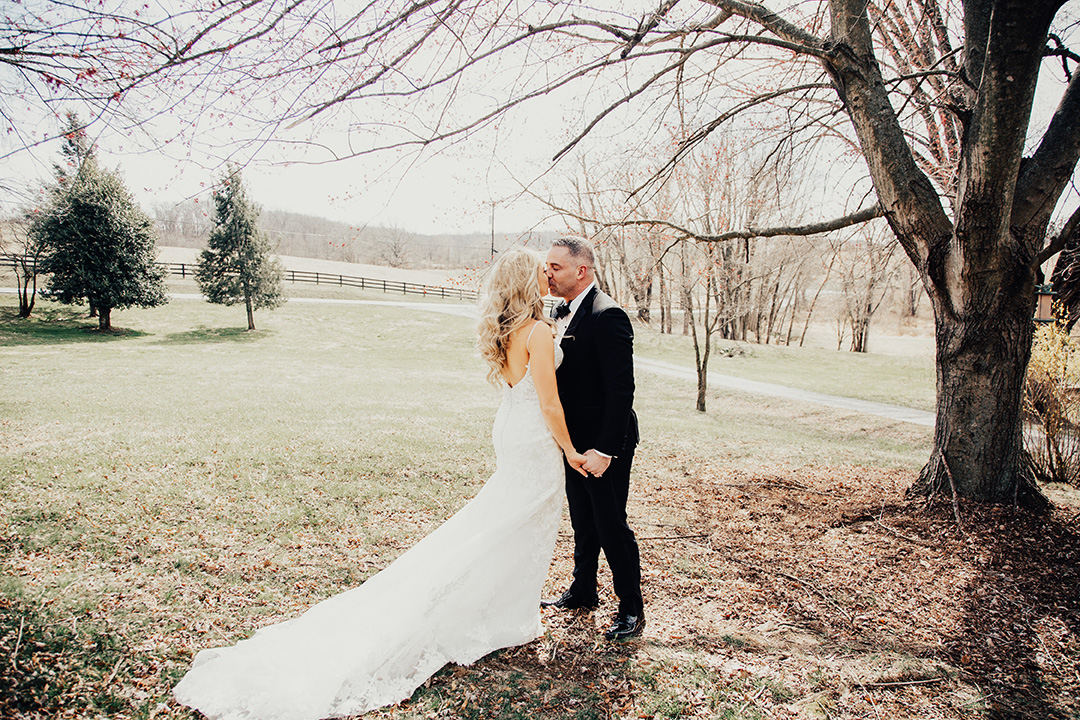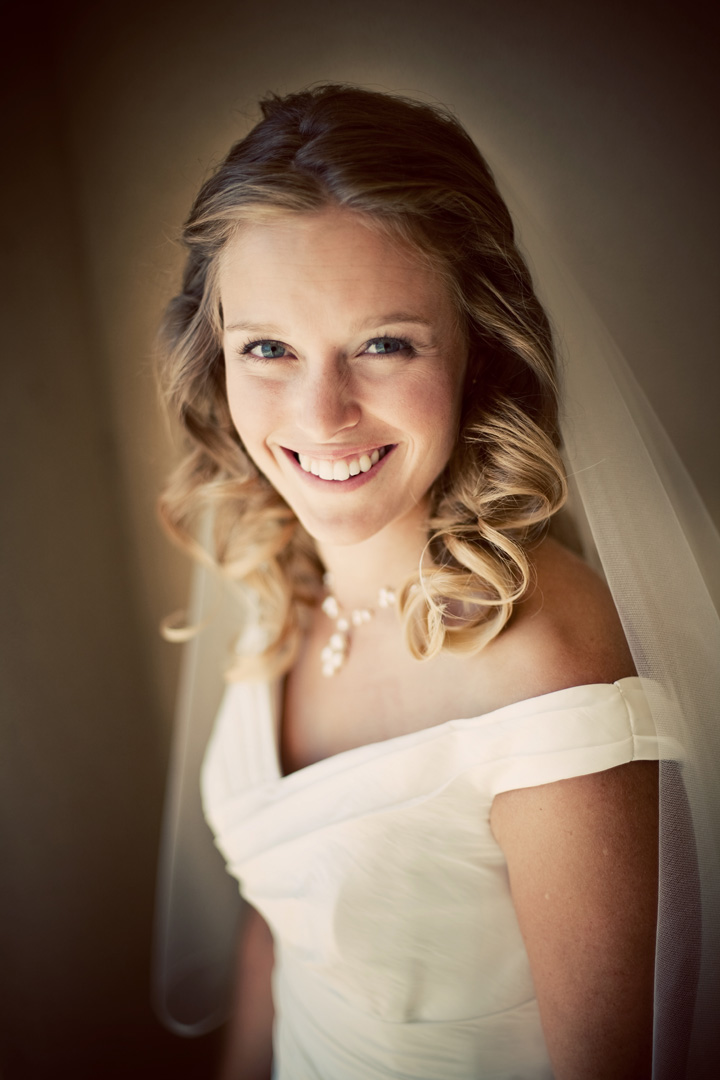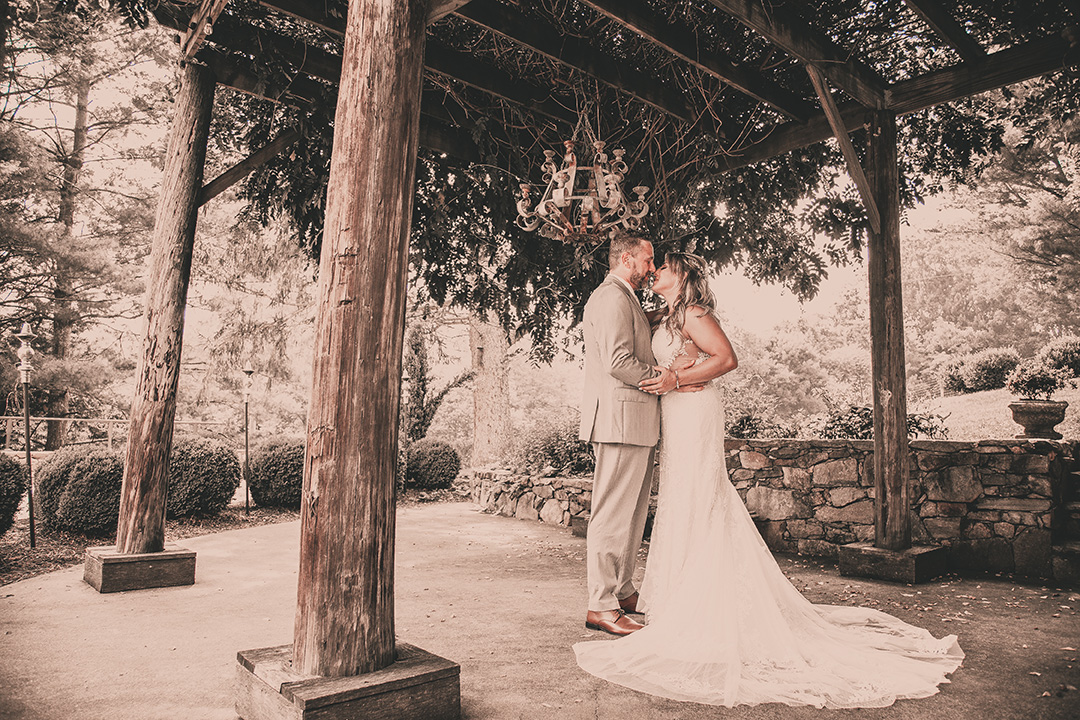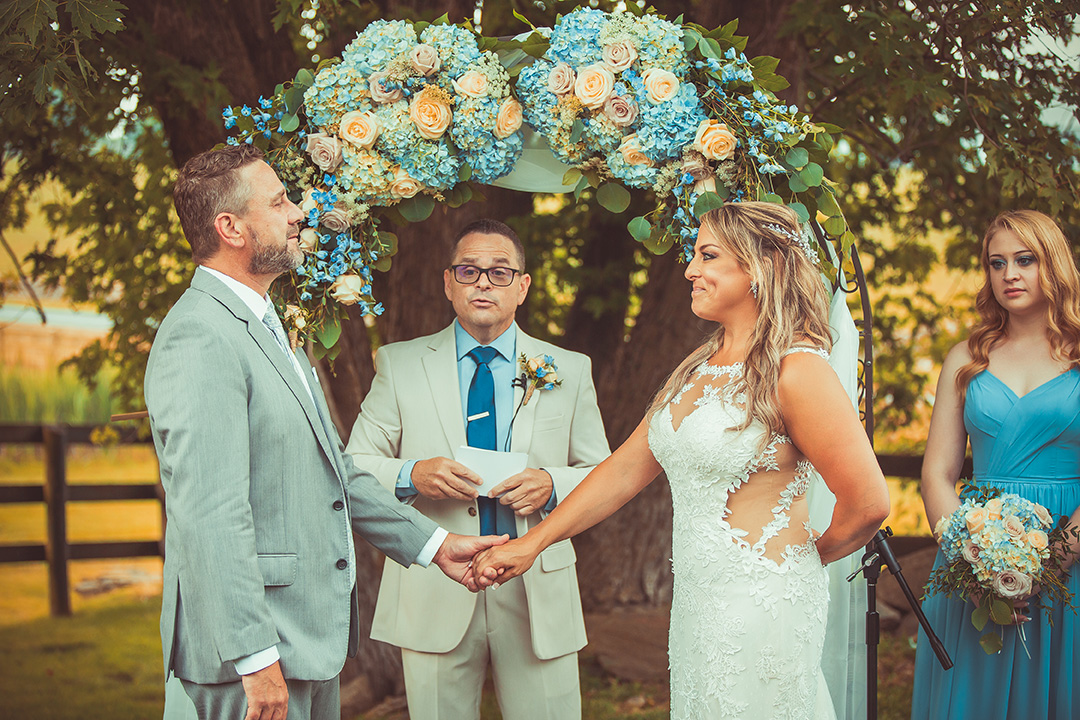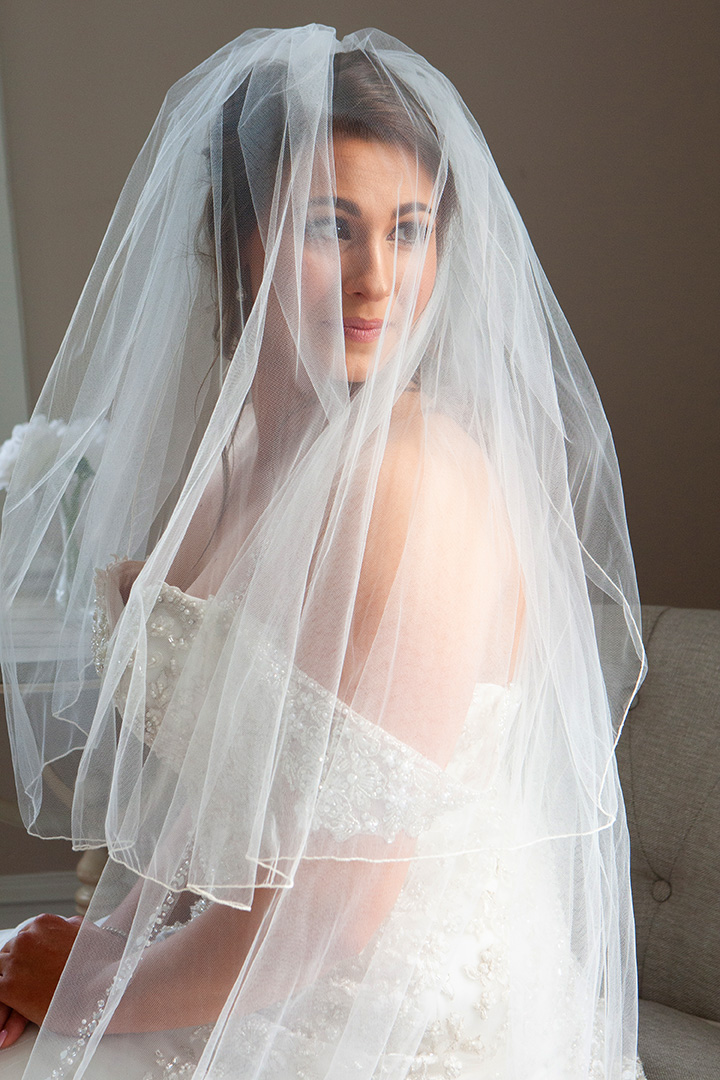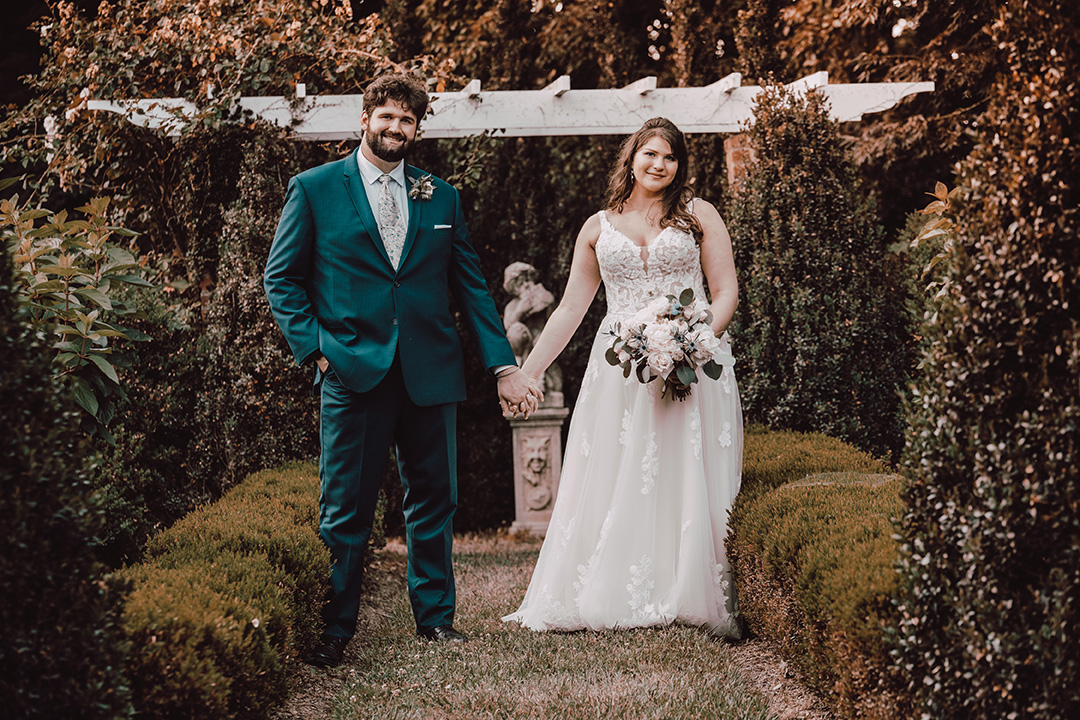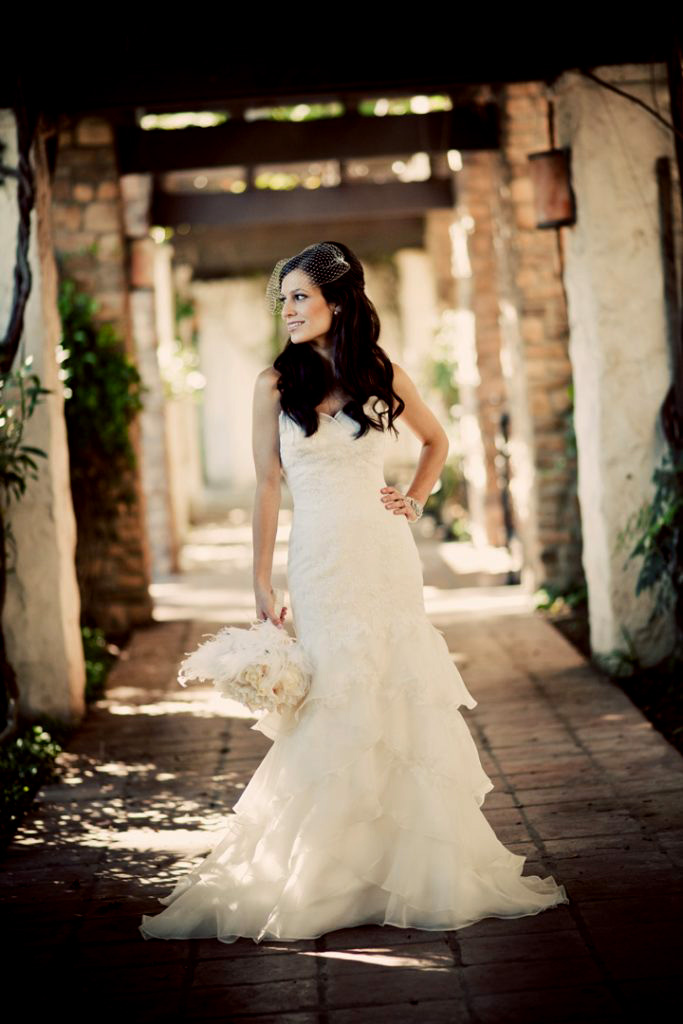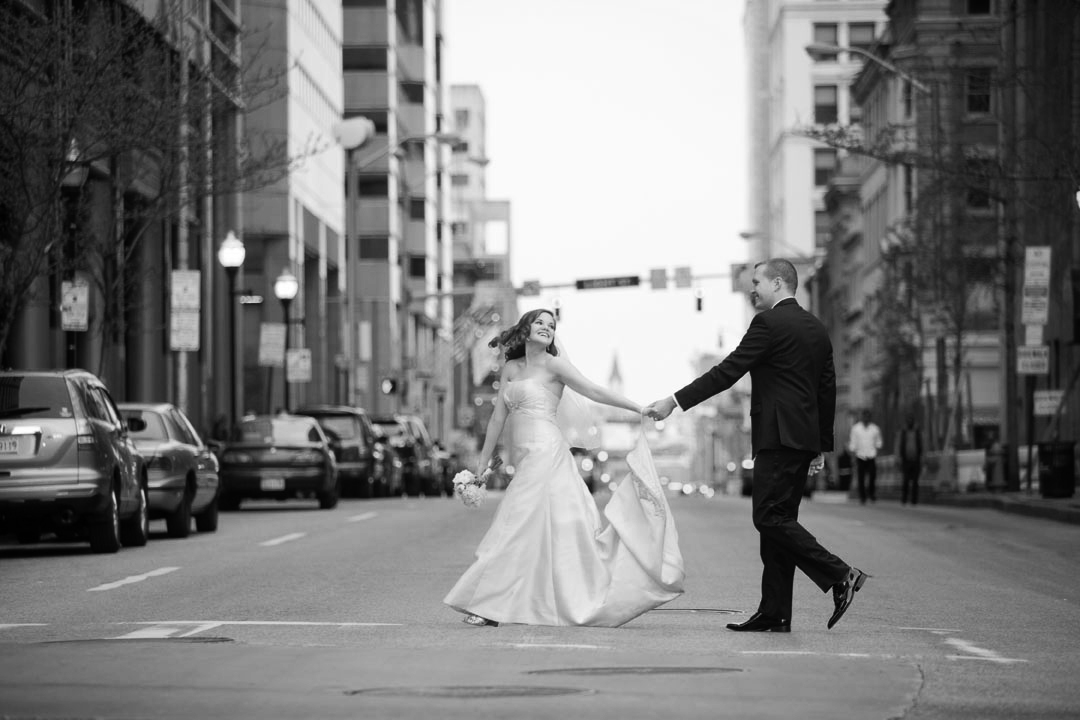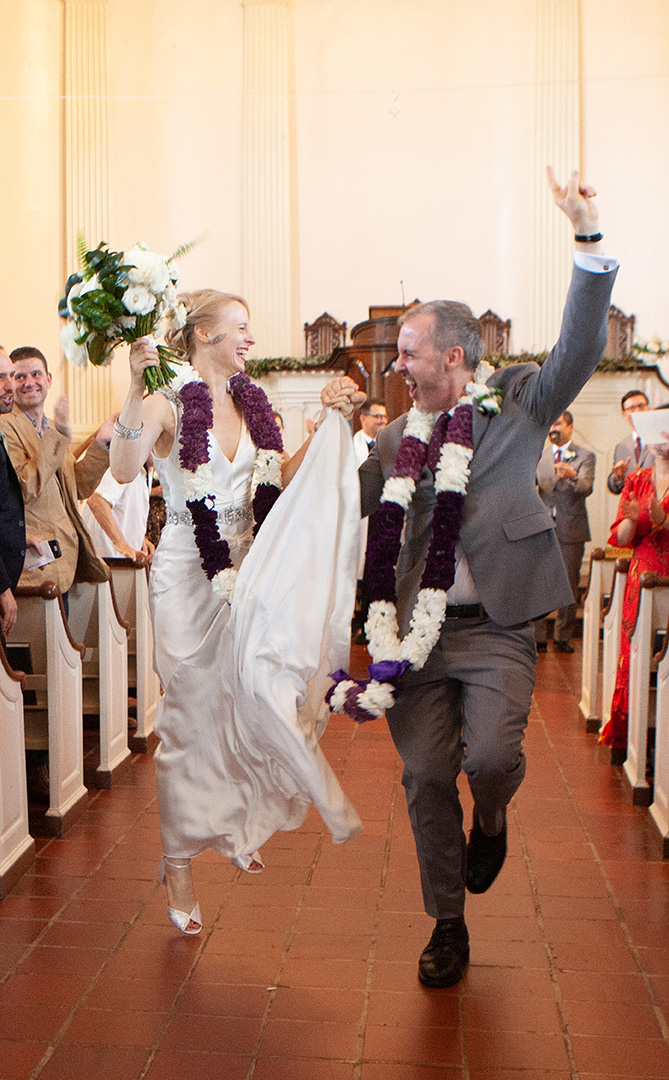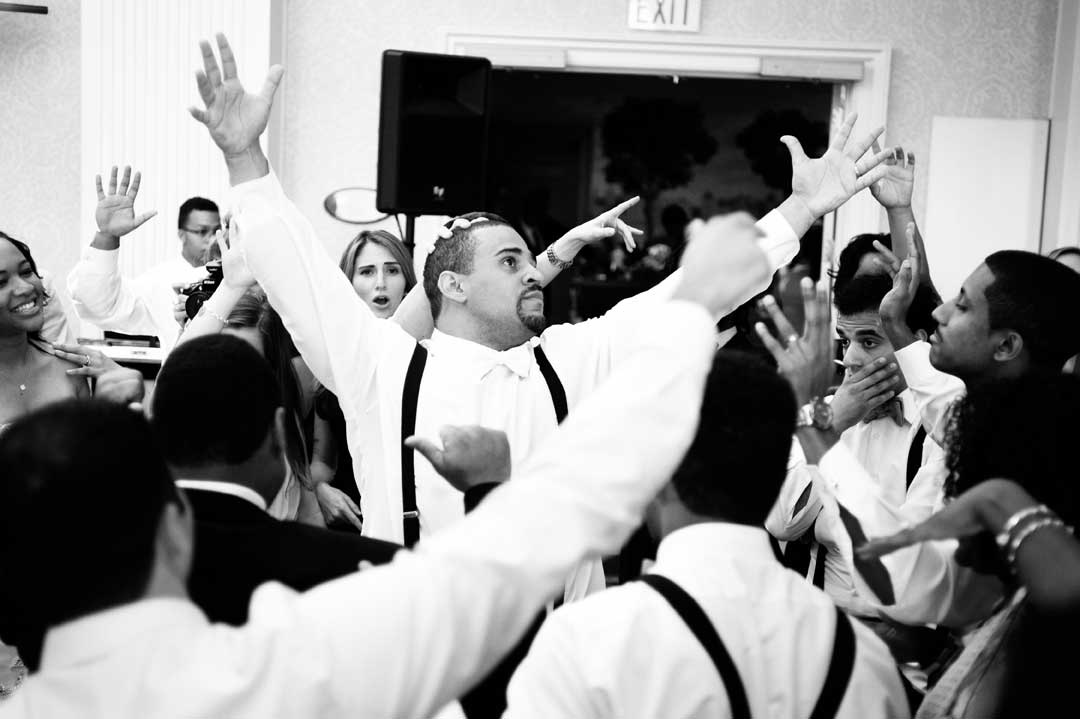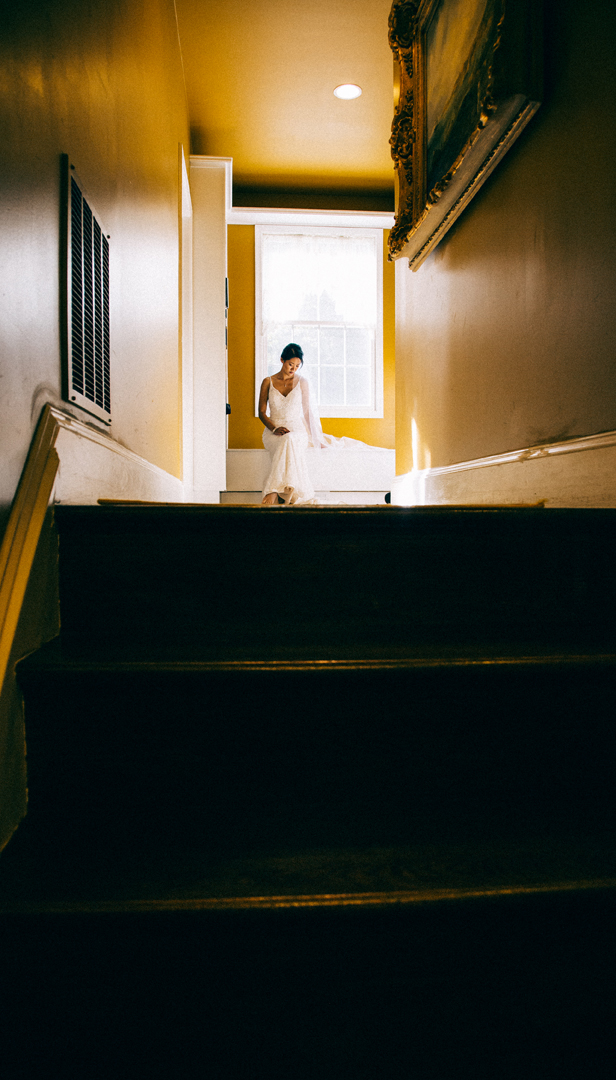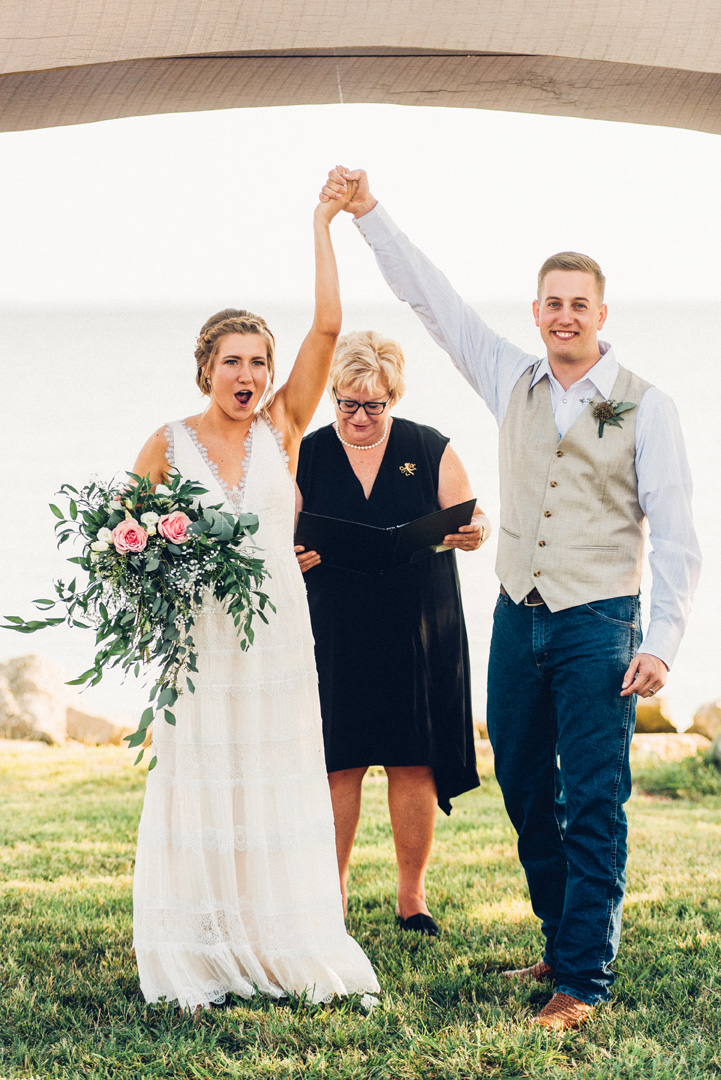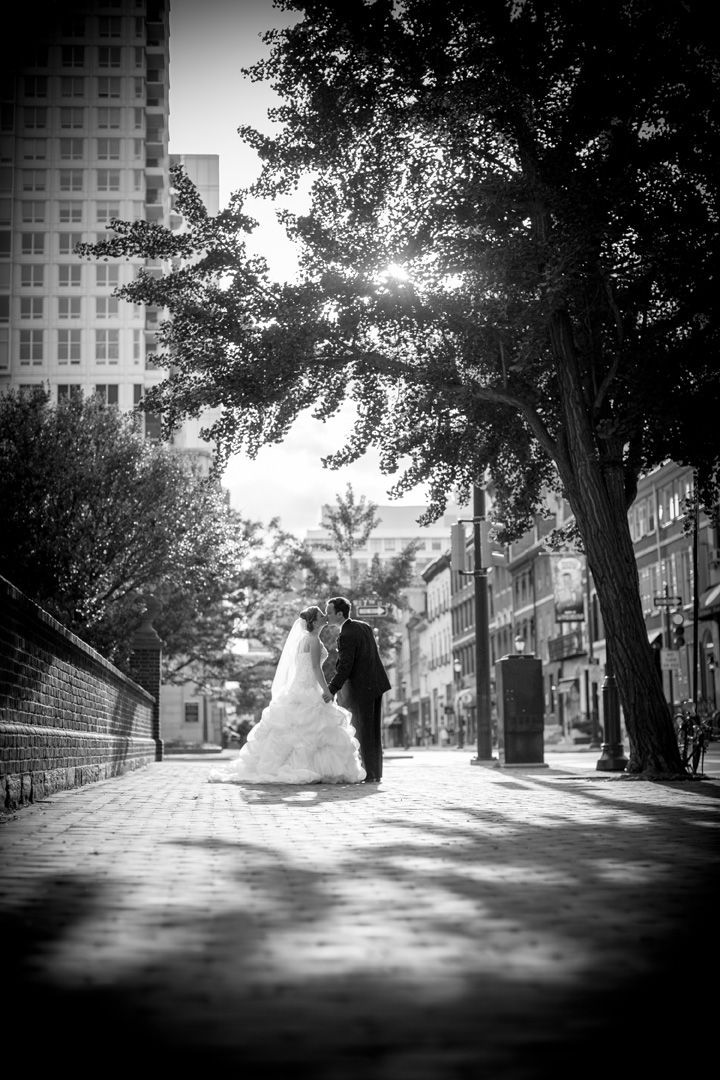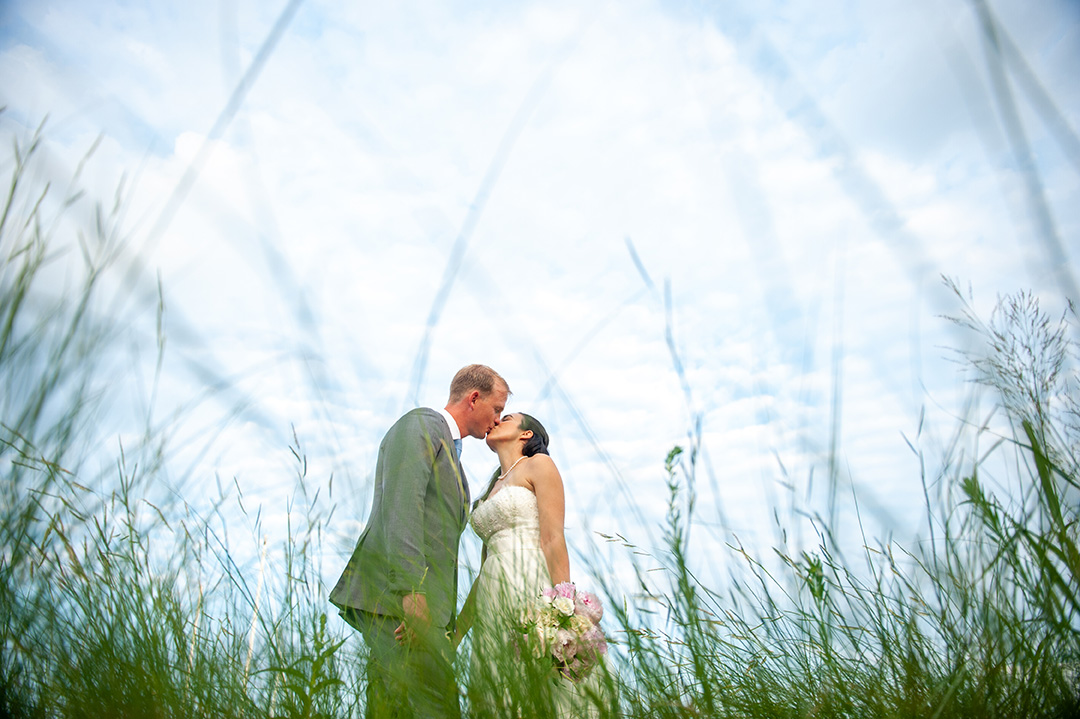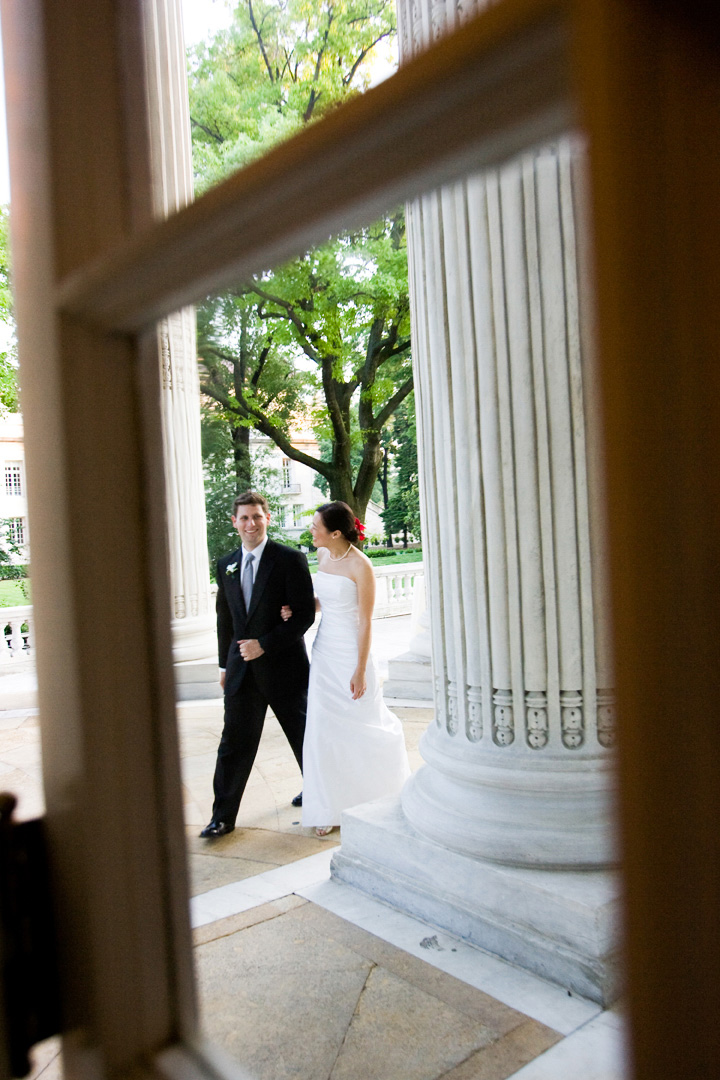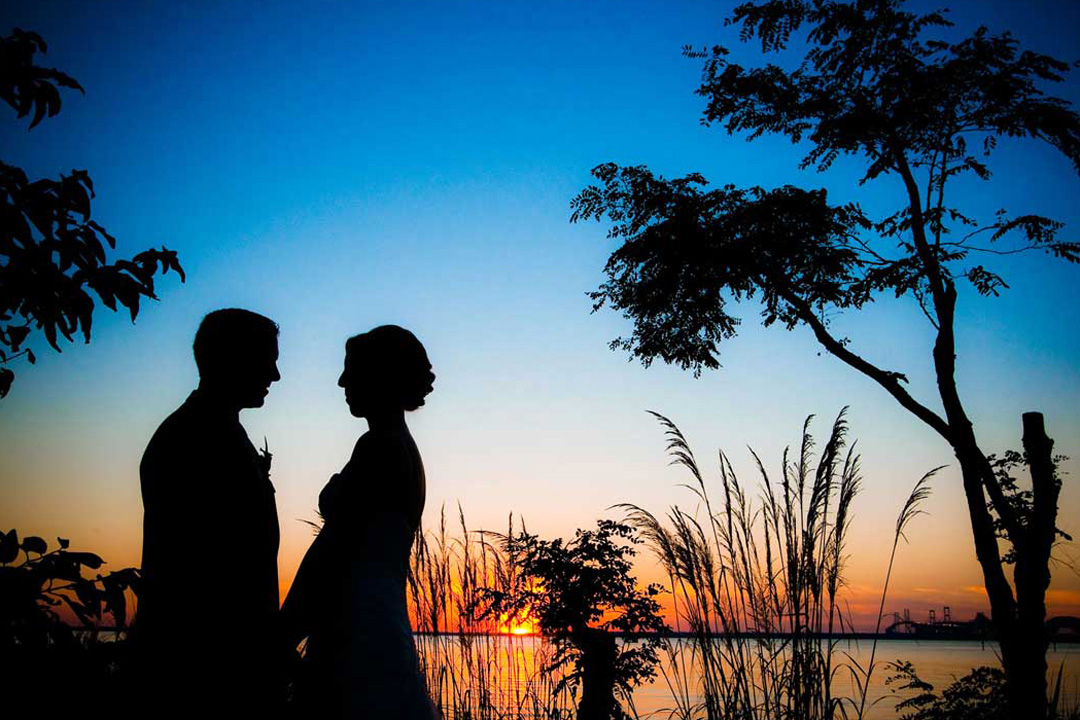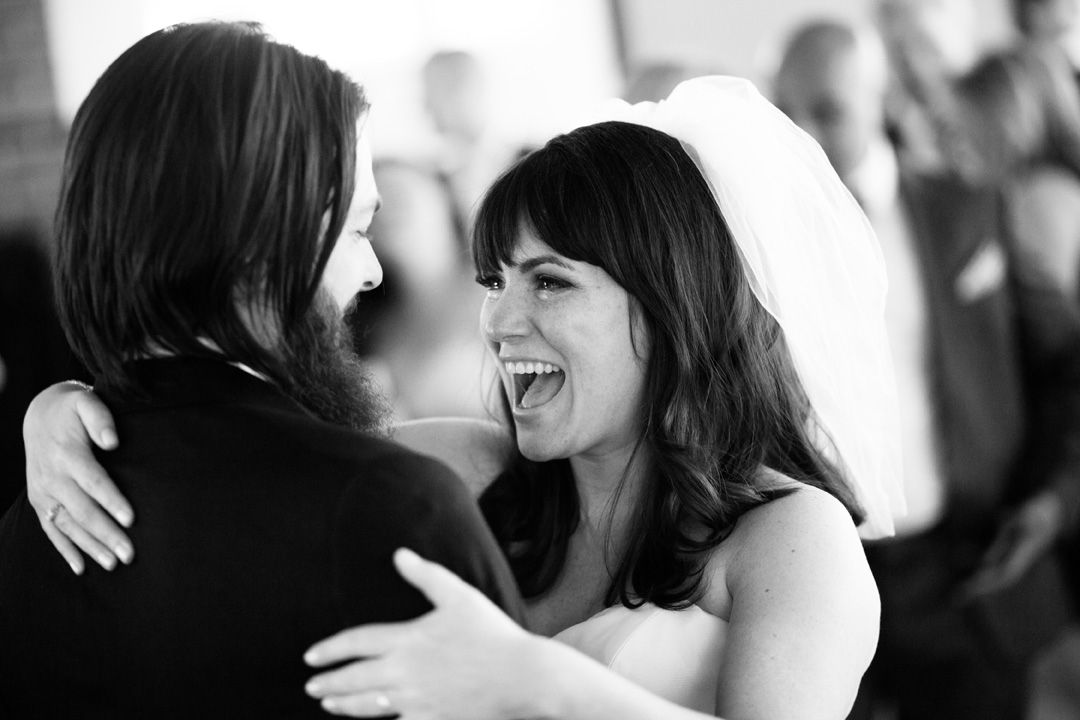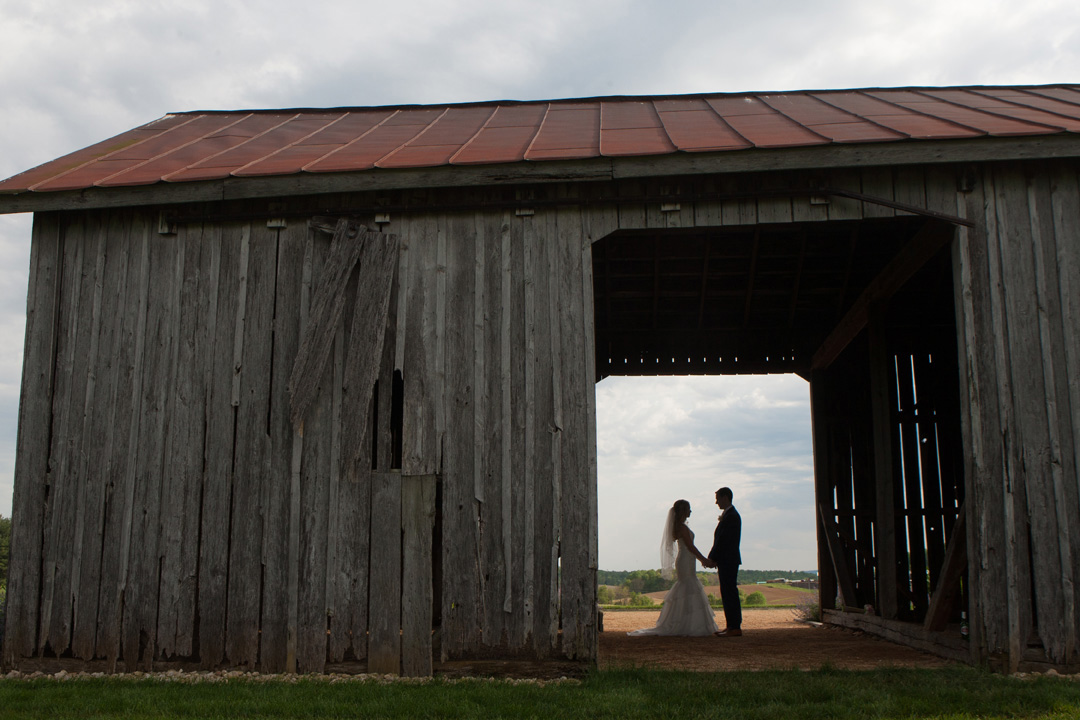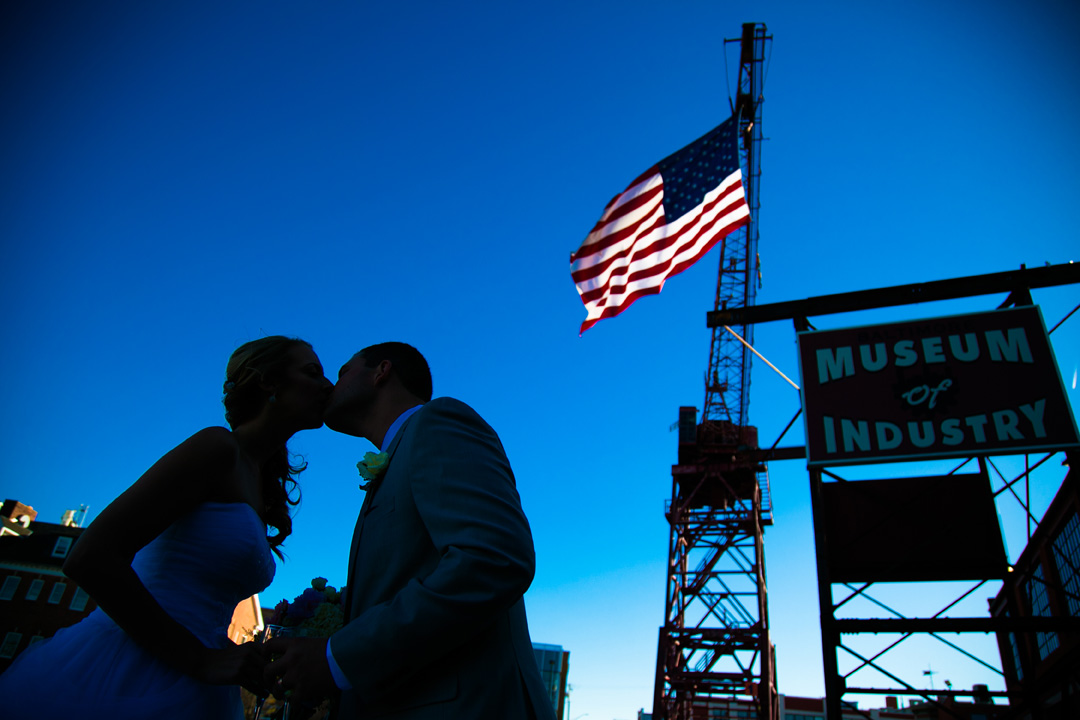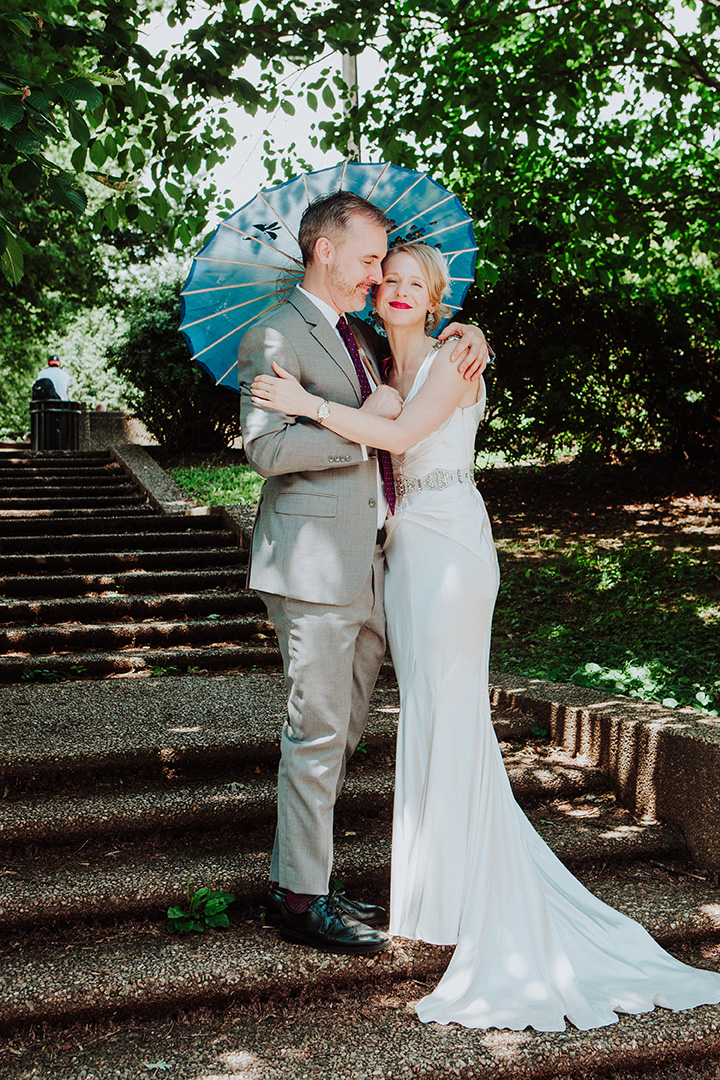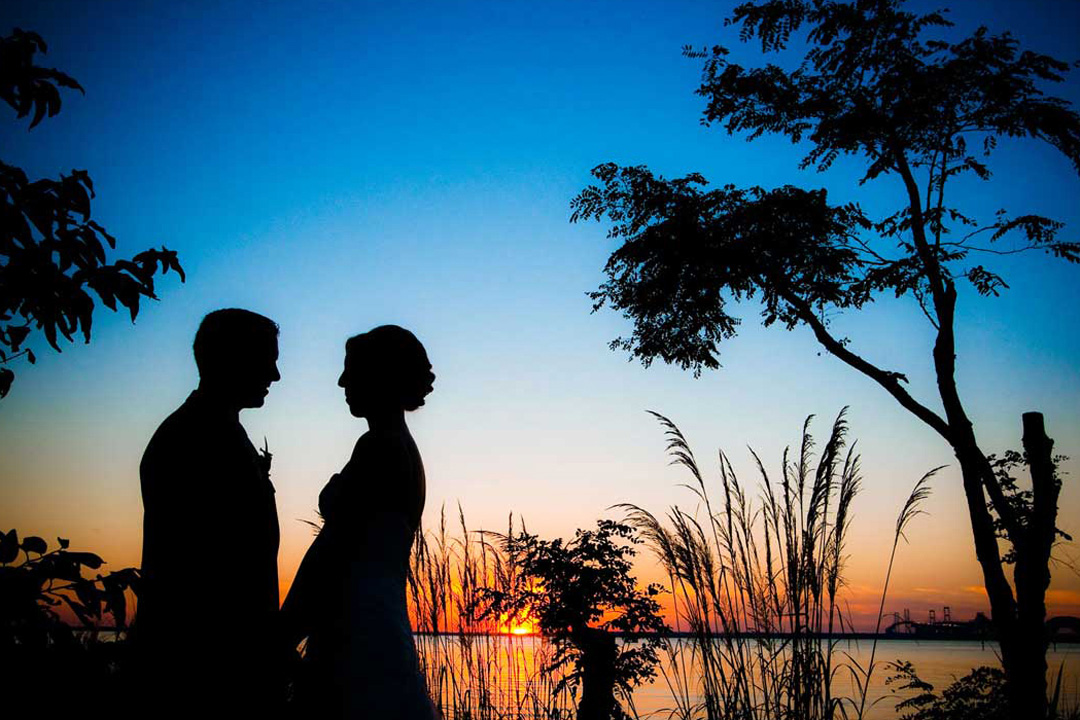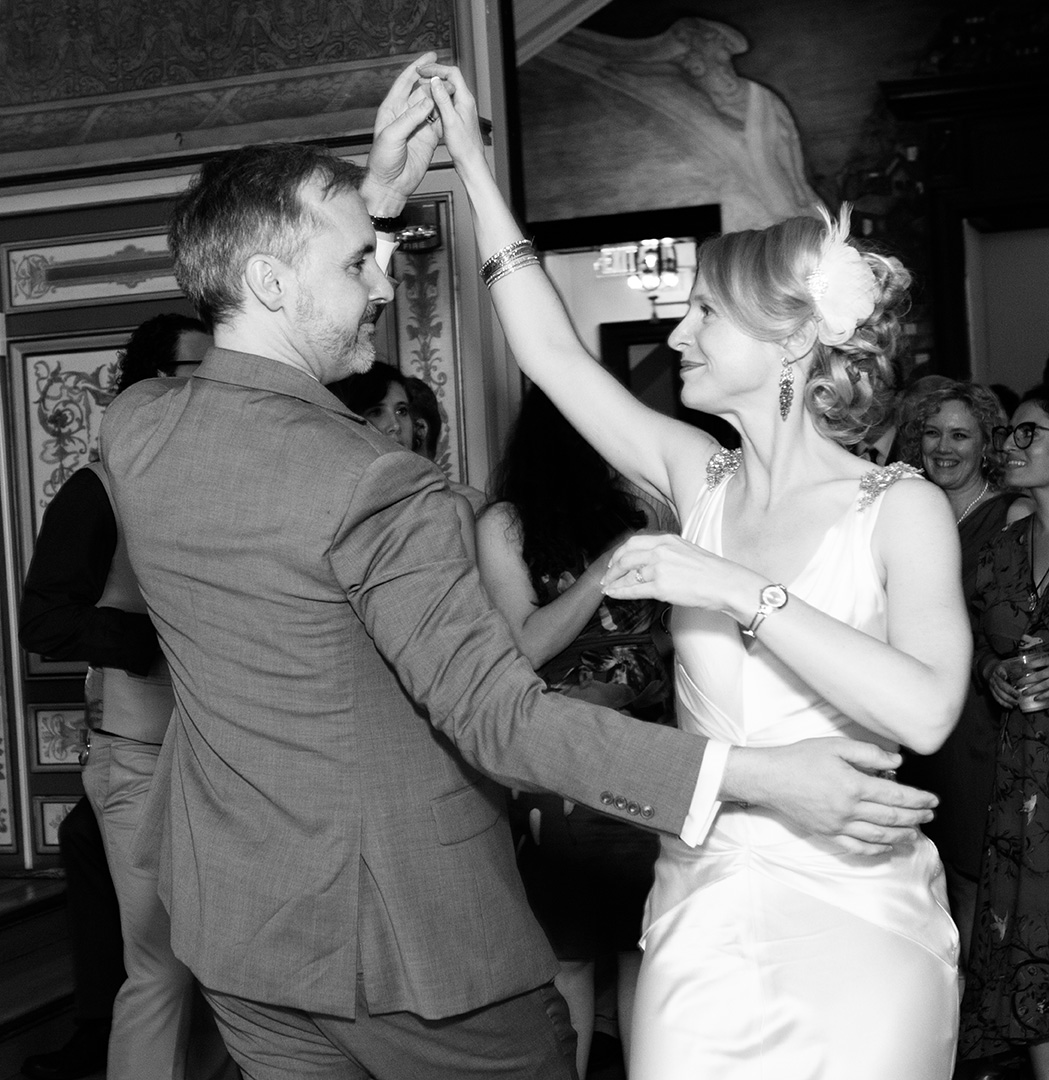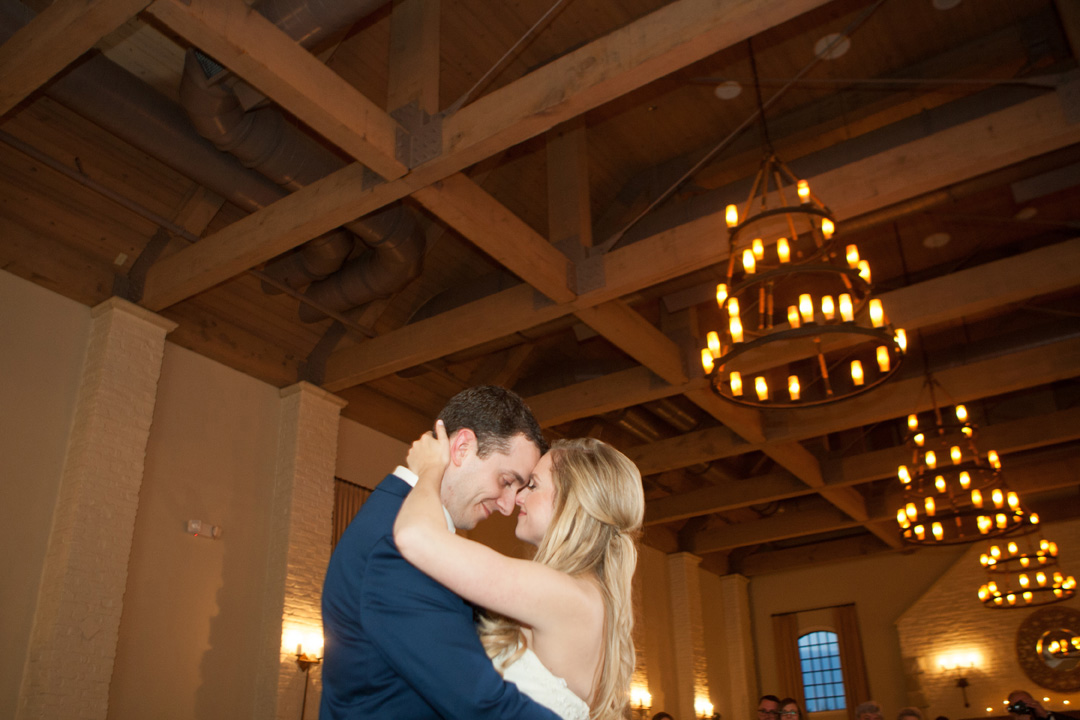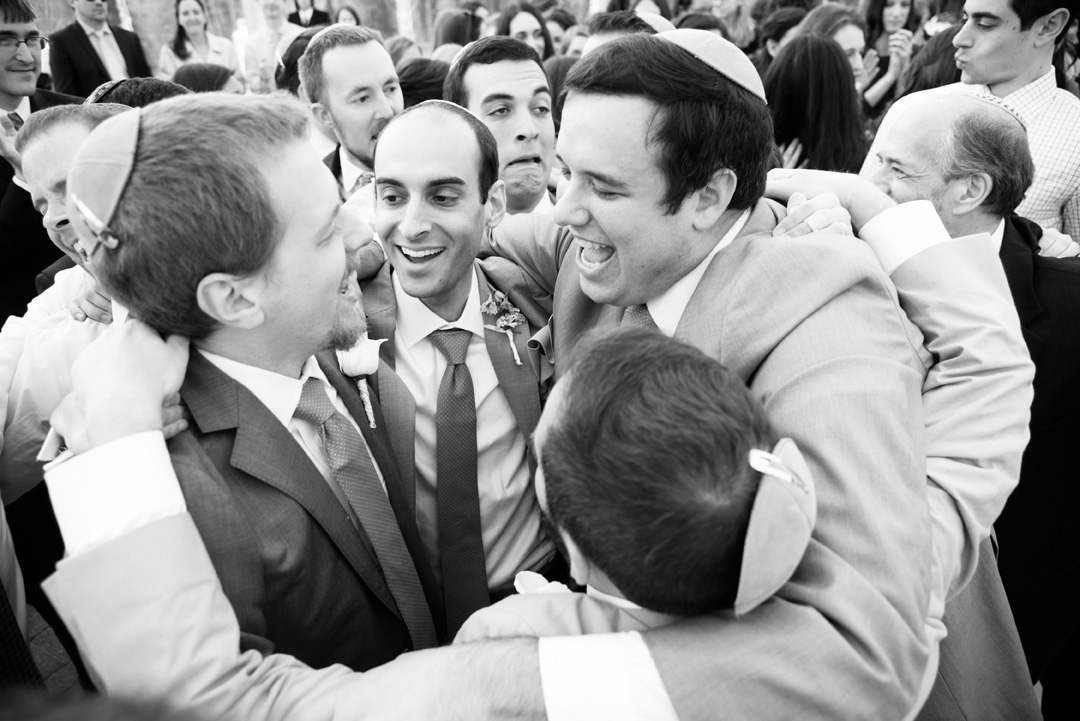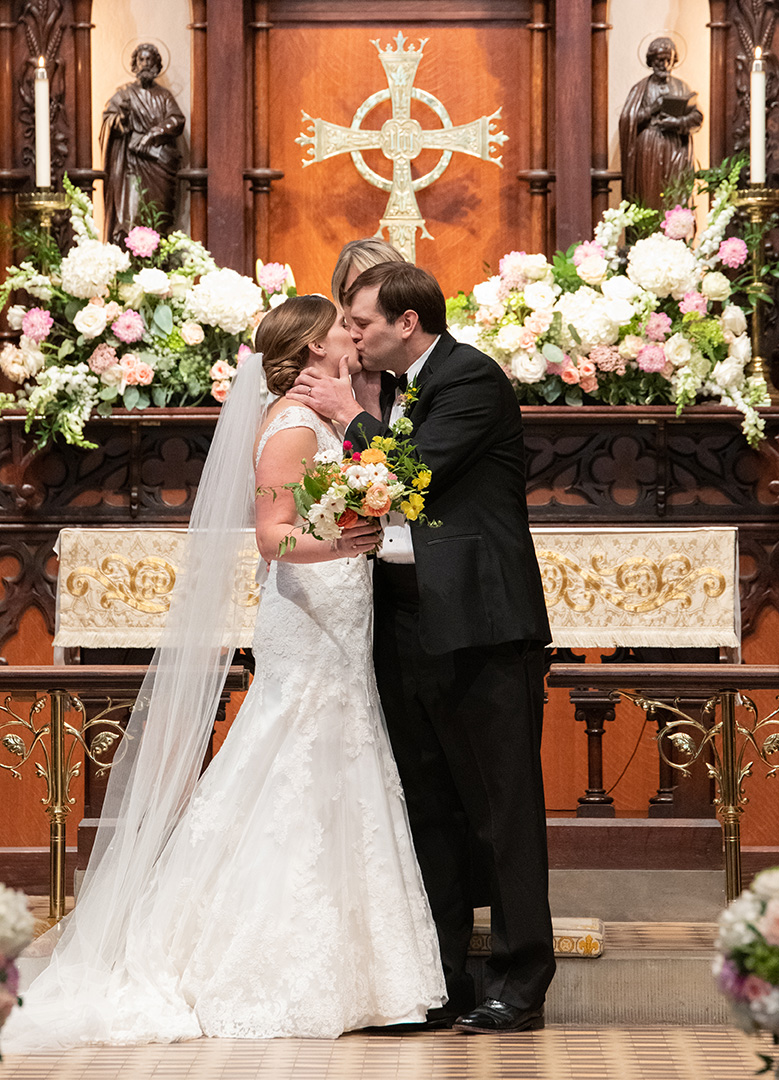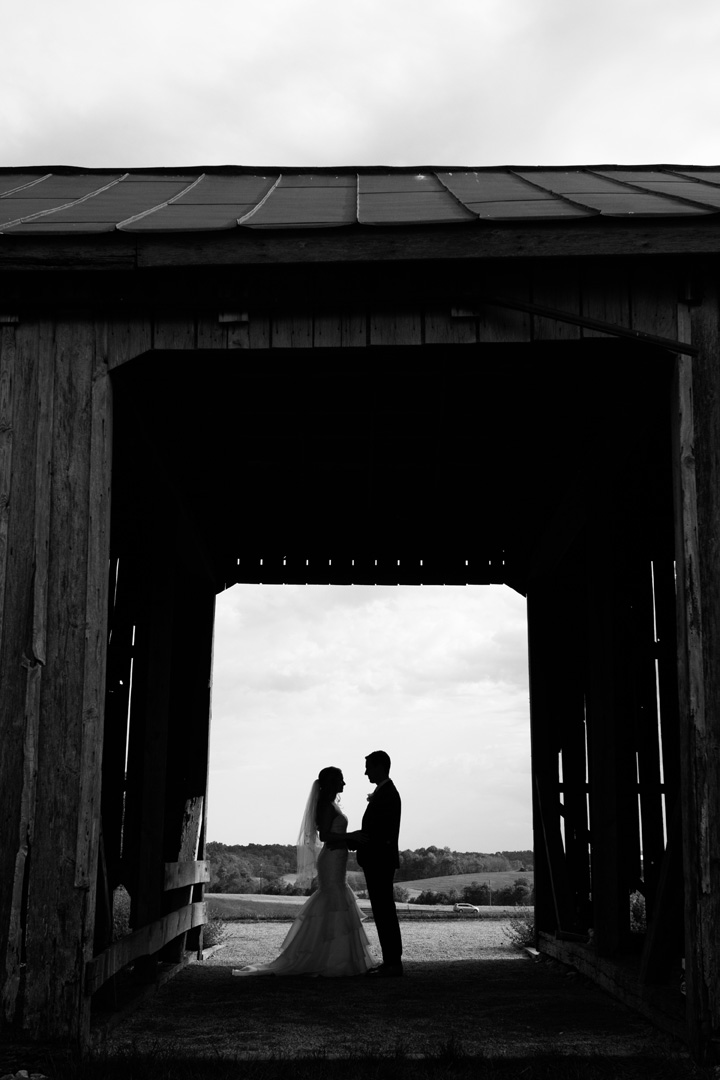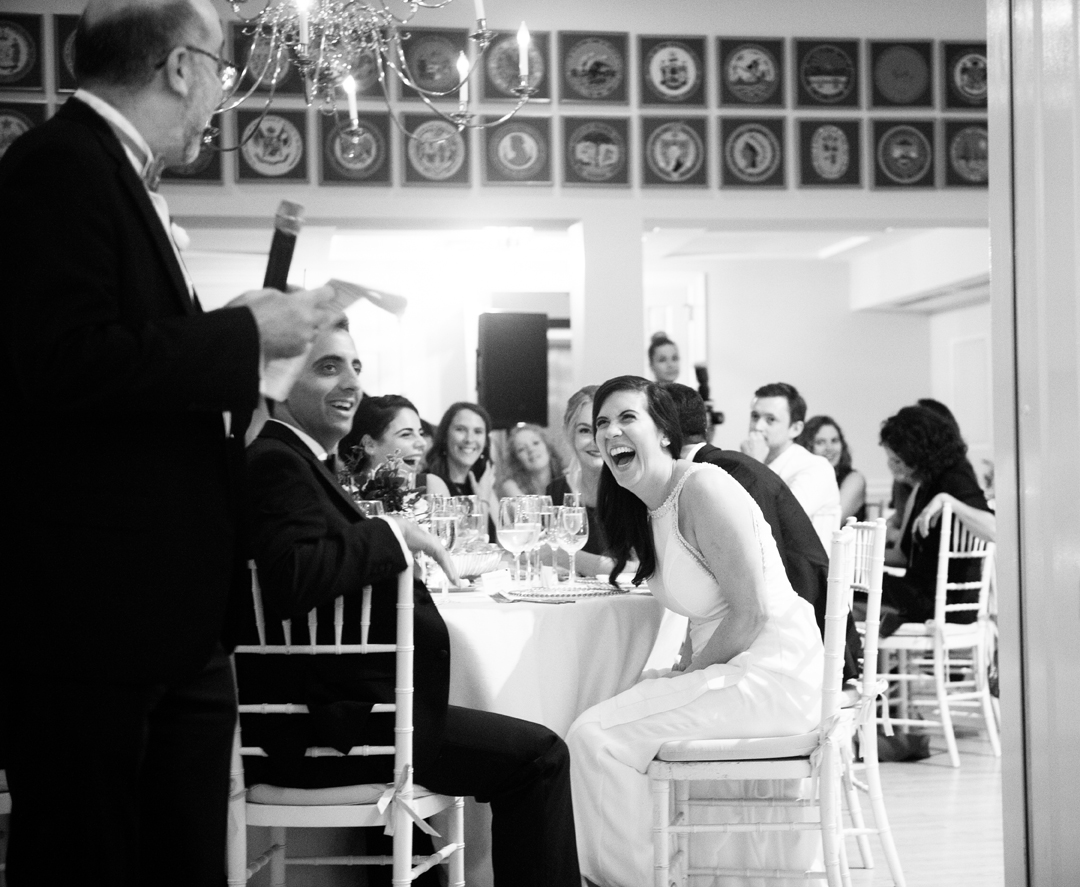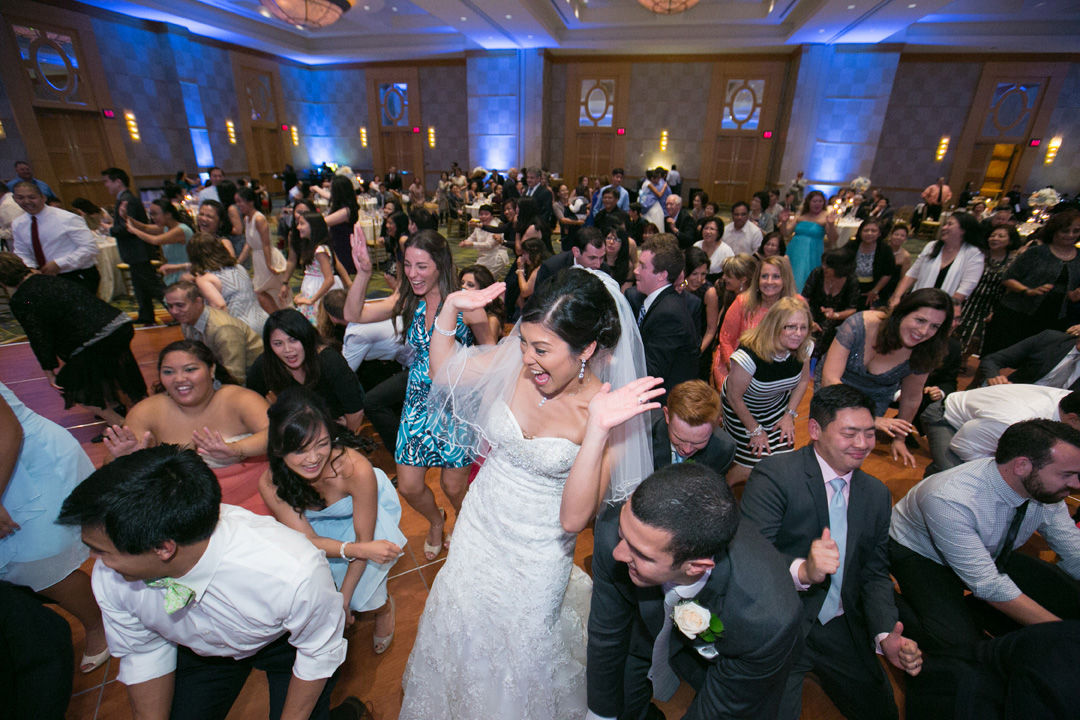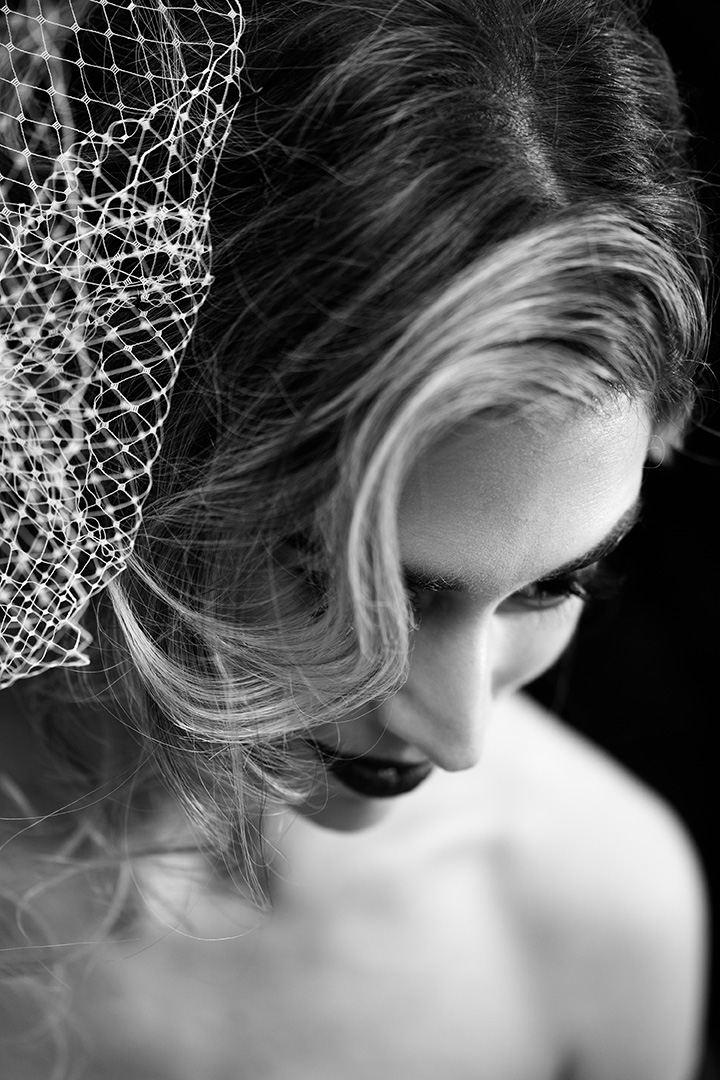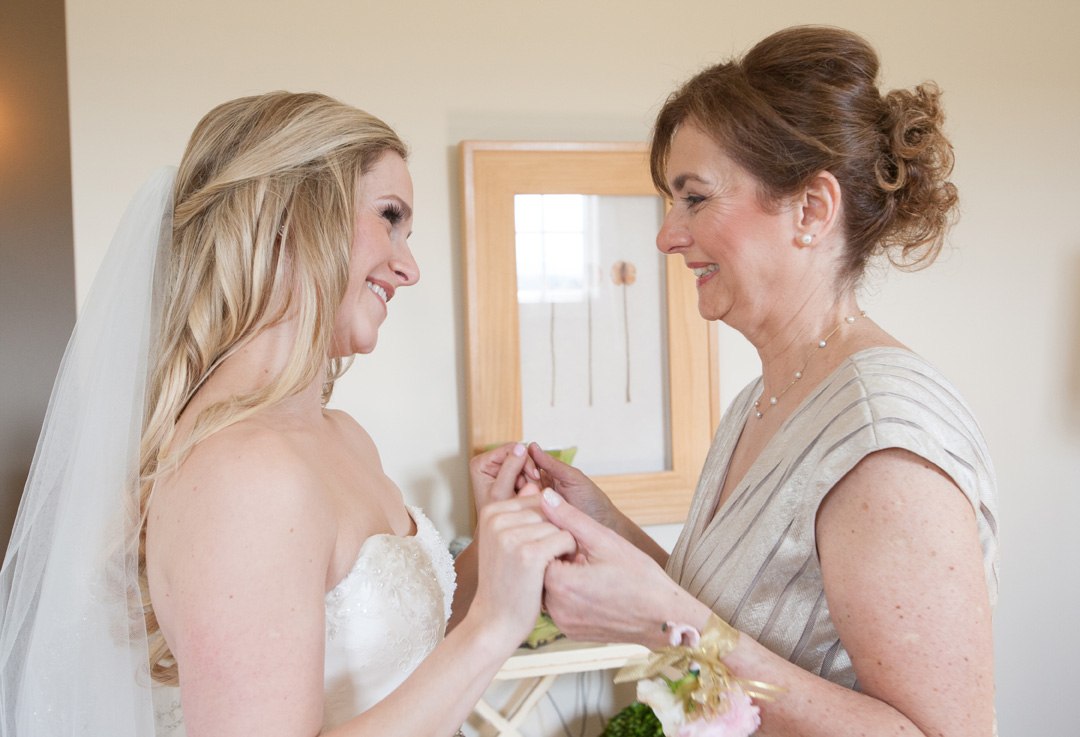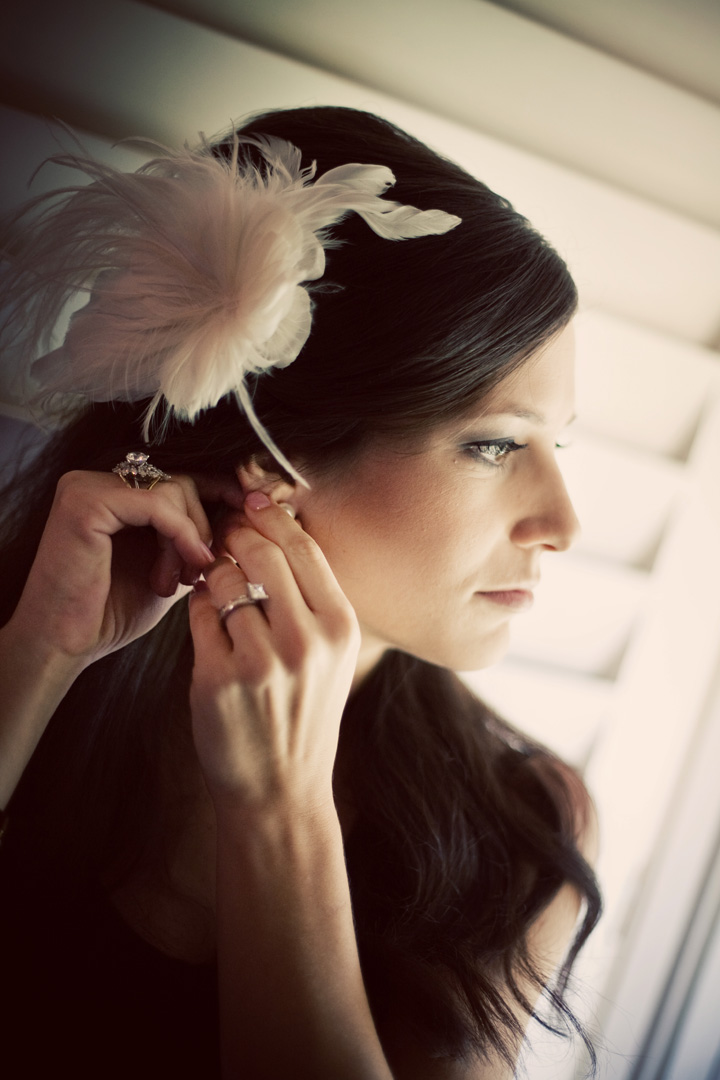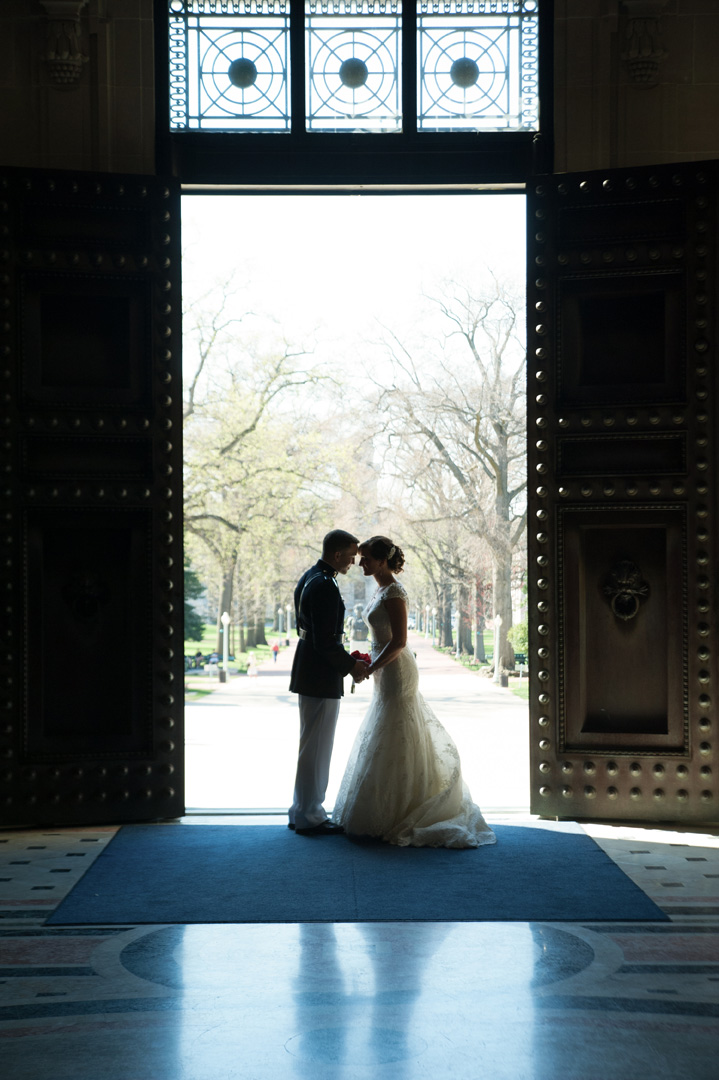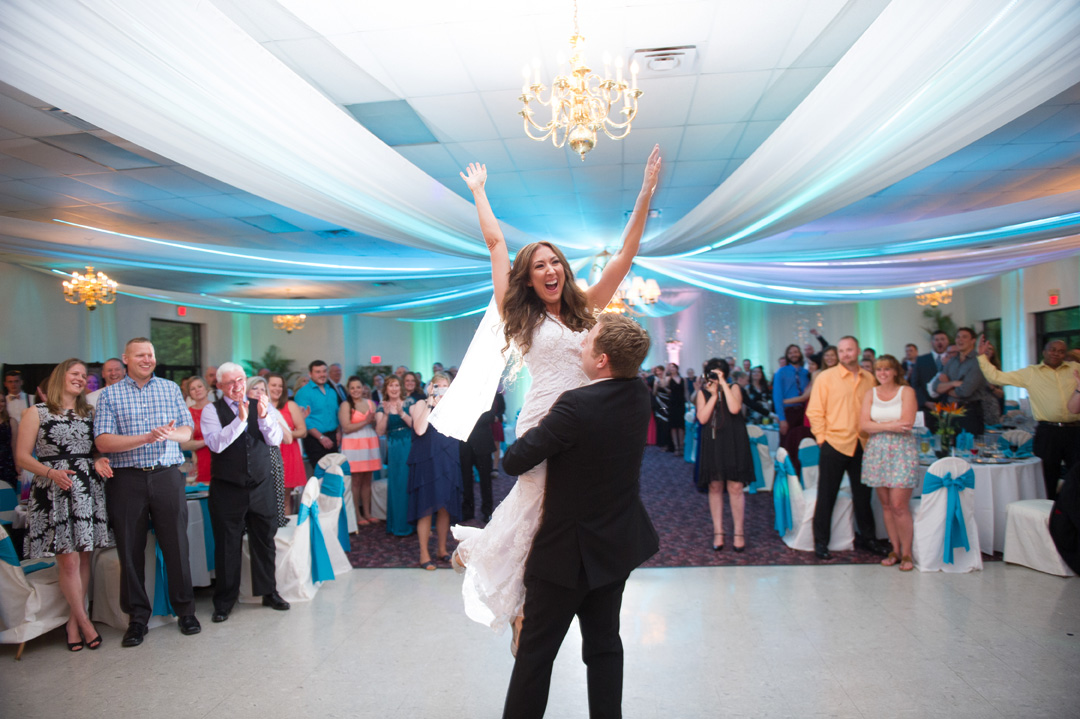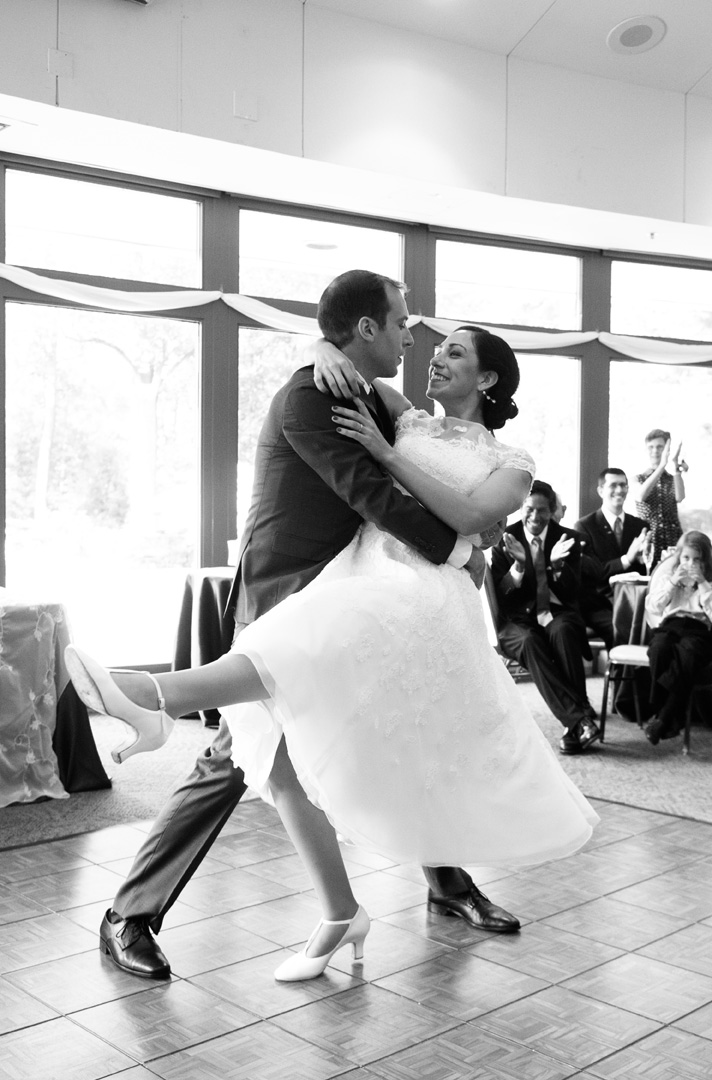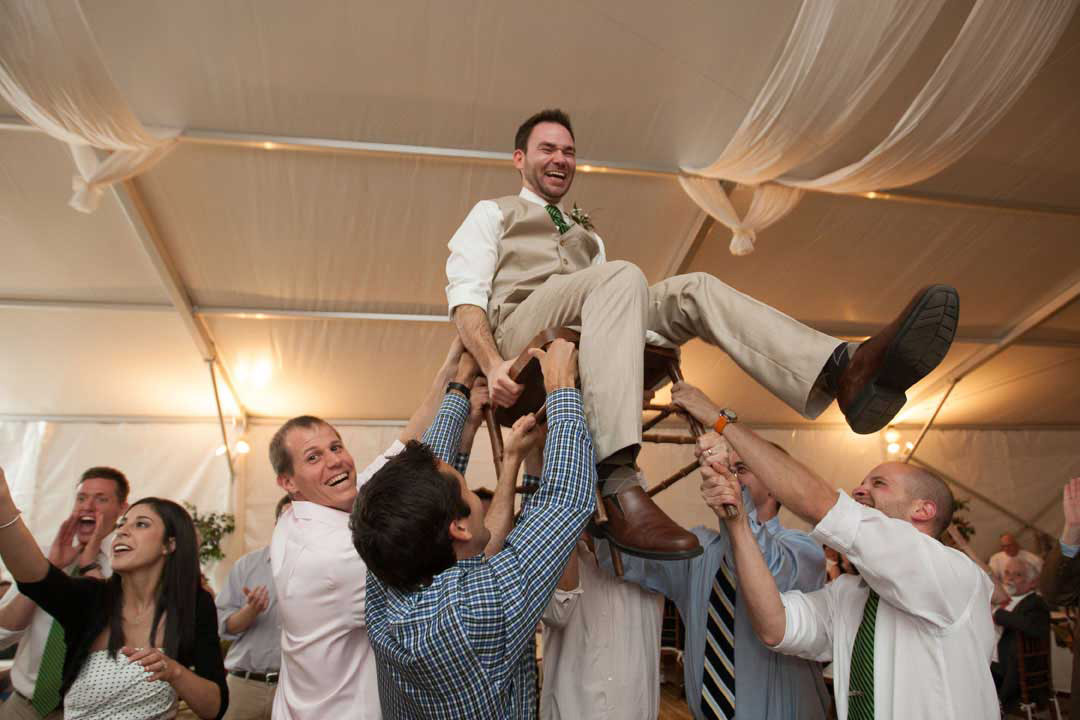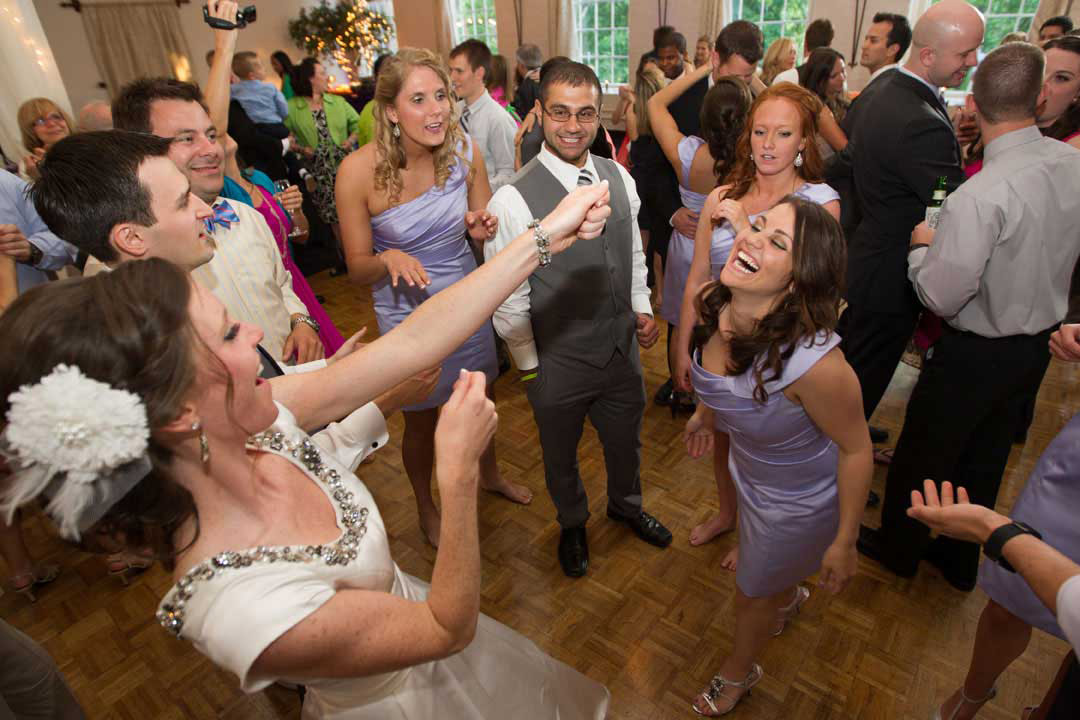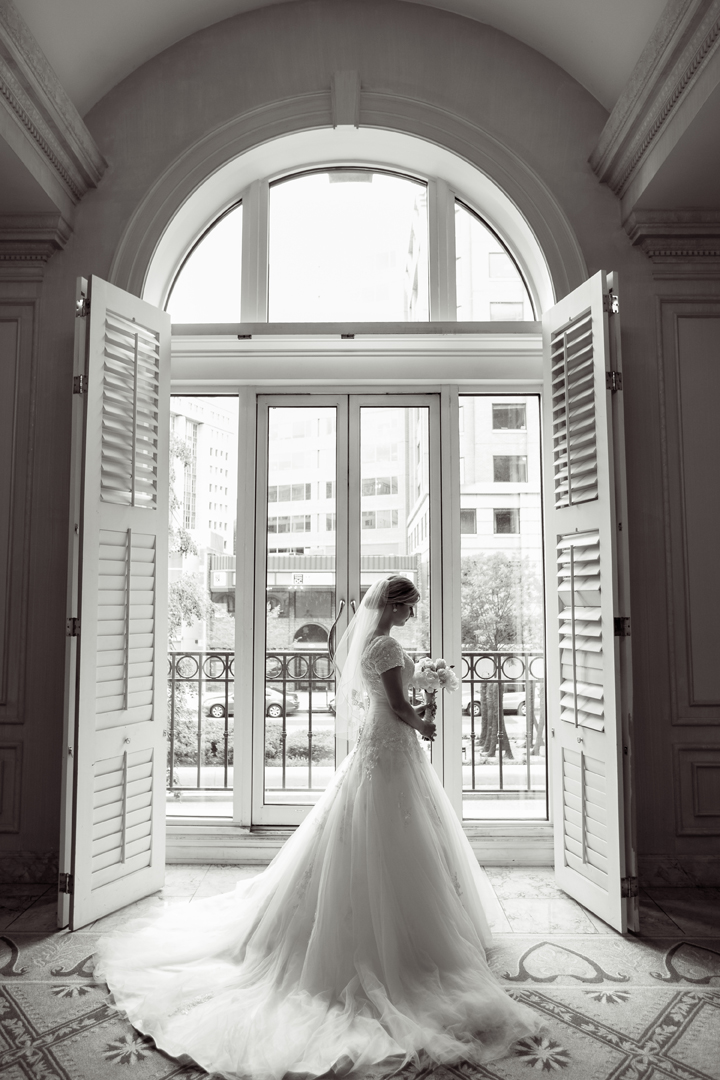The Benefits of RAW Format in Wedding Photography
One of the first questions to ask when considering a photographer for your special day is, “In what format do you capture images?” This question is more than just technical jargon; it can signify the professionalism and quality you can expect. If the answer is JPEG, it might hint at an amateur photographer or an unprofessional studio. Why? Let’s dive into the unparalleled benefits of the RAW format in wedding photography. If the photographers’ pricelist and details don’t mention capturing images in RAW format, they most likely capture them in Jpeg format.
What is RAW?
RAW is a file format that captures all the image data recorded by the camera sensor. RAW retains original, unprocessed information, unlike other formats that process and refine this data. This distinction offers a wealth of benefits, especially crucial for wedding photographers.
Benefits of RAW in Wedding Photography:
- Superior Post-Processing Flexibility: After the wedding, when the task of editing arises, photographers often face the need to adjust exposure, correct colors, and refine details. RAW allows significant room to make these modifications without undermining image quality.
- Enhanced Detail: RAW files inherently capture more intricate detail, crucial in scenarios like accentuating the delicate patterns on a wedding dress or highlighting the subtle play of lights during the evening.
- More comprehensive Dynamic Range: Weddings present varied lighting conditions—the radiant afternoon sun or the soft luminescence of candlelit dinners. RAW’s broad dynamic range ensures an image’s luminous and shaded areas are detailed and rich.
- Depth of Color: The capability of RAW to reproduce a broad spectrum of colors results in richer and more vivid photos. This depth is invaluable given the palette of colors on display at weddings.
- Non-destructive Editing: Changes made to RAW files during post-processing don’t alter the original image, ensuring a reliable backup for those irreplaceable moments.
The Limitations of JPEG in Wedding Photography:
JPEG might be suitable for casual snapshots, but in professional settings like weddings, its limitations become evident:
- Exposure Adjustments: If a JPEG image has incorrect exposure, adjusting it later can lead to quality loss. Overexposed or underexposed JPEGs, once clicked, might not offer the flexibility of recovery that RAW does.
- Color Balance Issues: Inconsistent or incorrect color balance in JPEG can lead to photos with off colors. If the white balance isn’t set right at the time of shooting, a JPEG image can end up with an unintended color tint—making all the photos look oddly colored. Correcting this after the fact might not be possible with Jpegs.
Understanding the importance of the RAW format in wedding photography is paramount. It ensures that each memory from your special day is captured with the authenticity, depth, and clarity it truly deserves. So, the next time you’re vetting potential photographers, remember that their choice of format can be a telltale sign of their professionalism and commitment to delivering quality. If they’re not shooting in RAW, you might want to keep looking.
